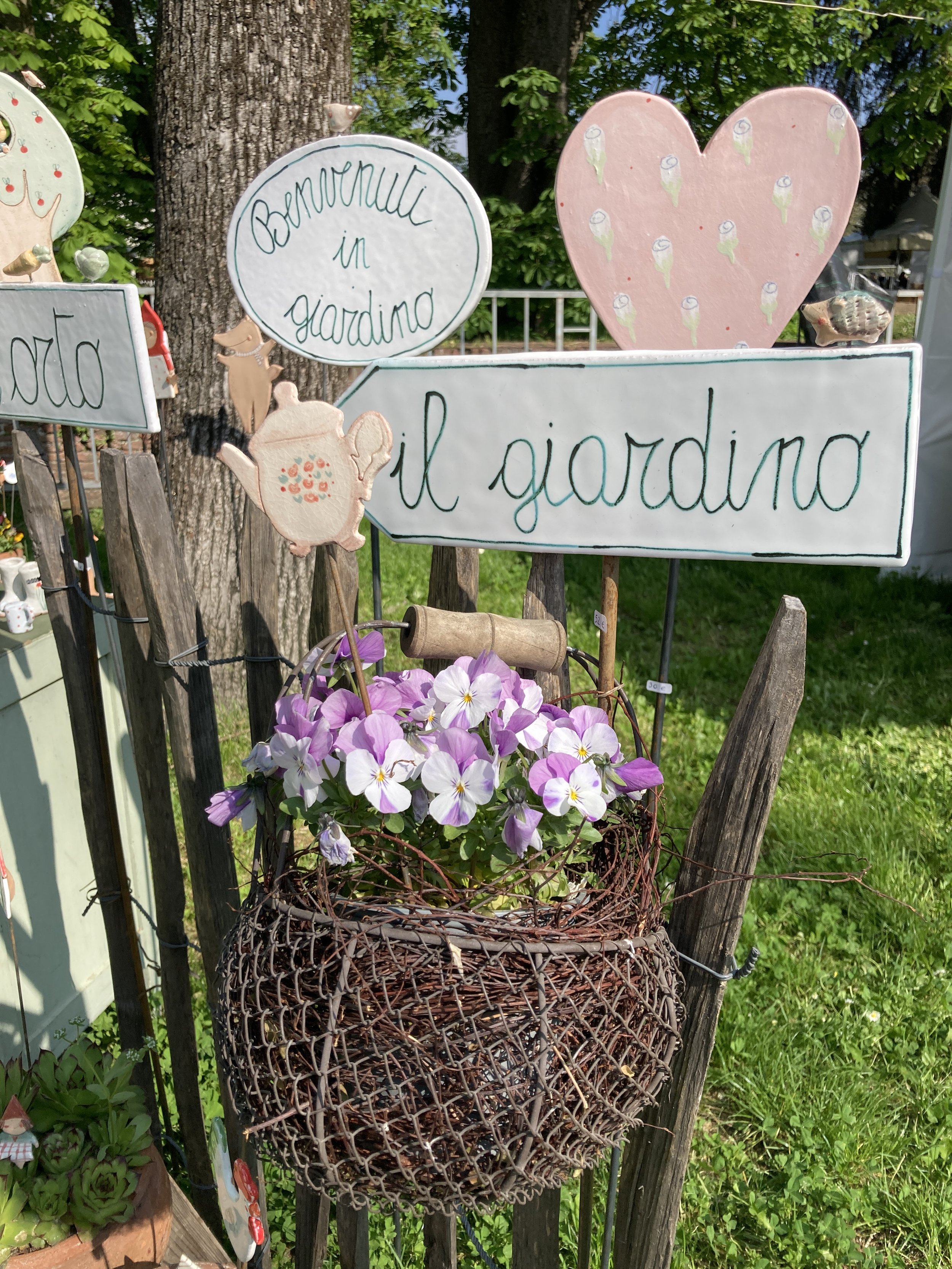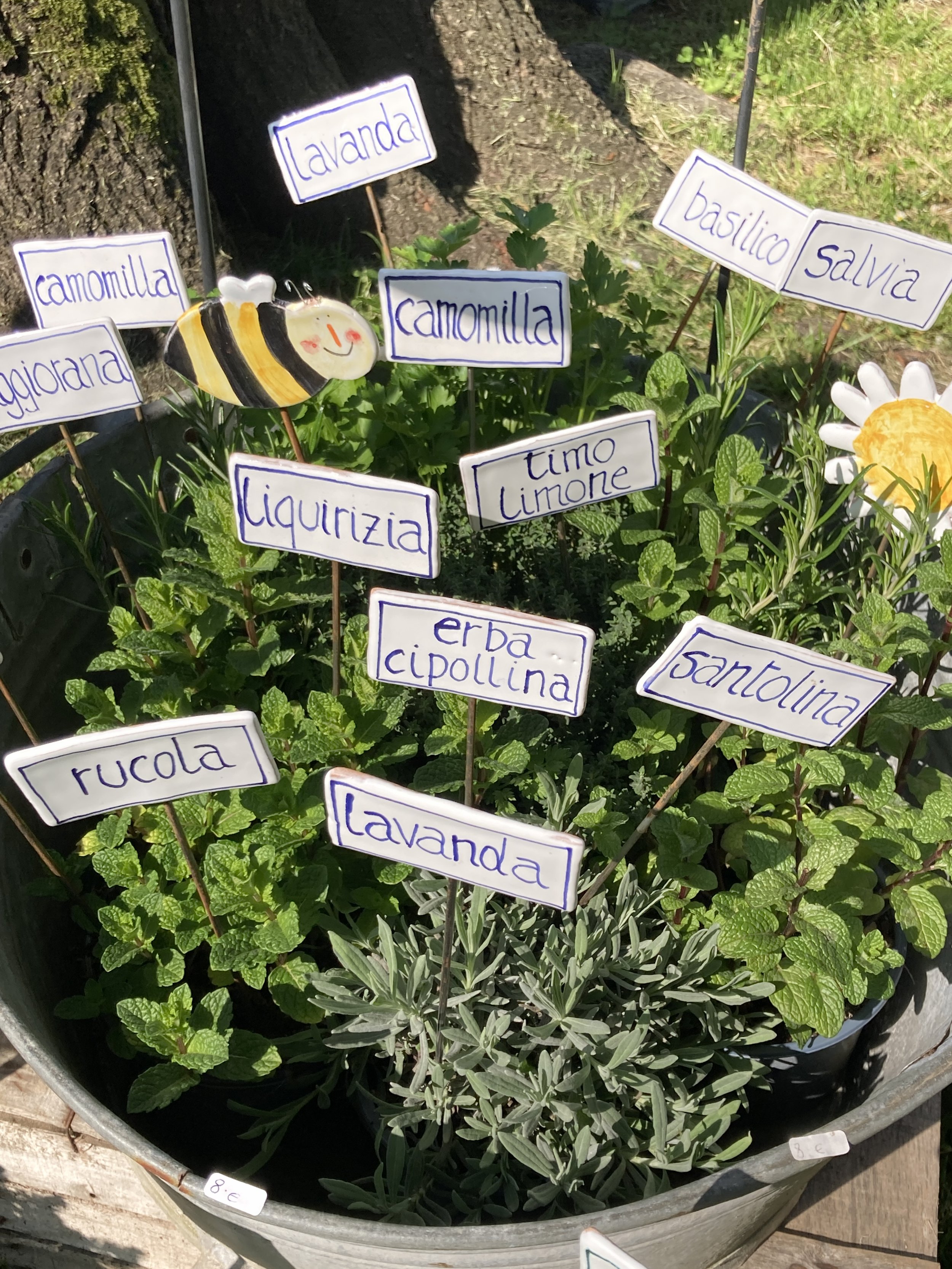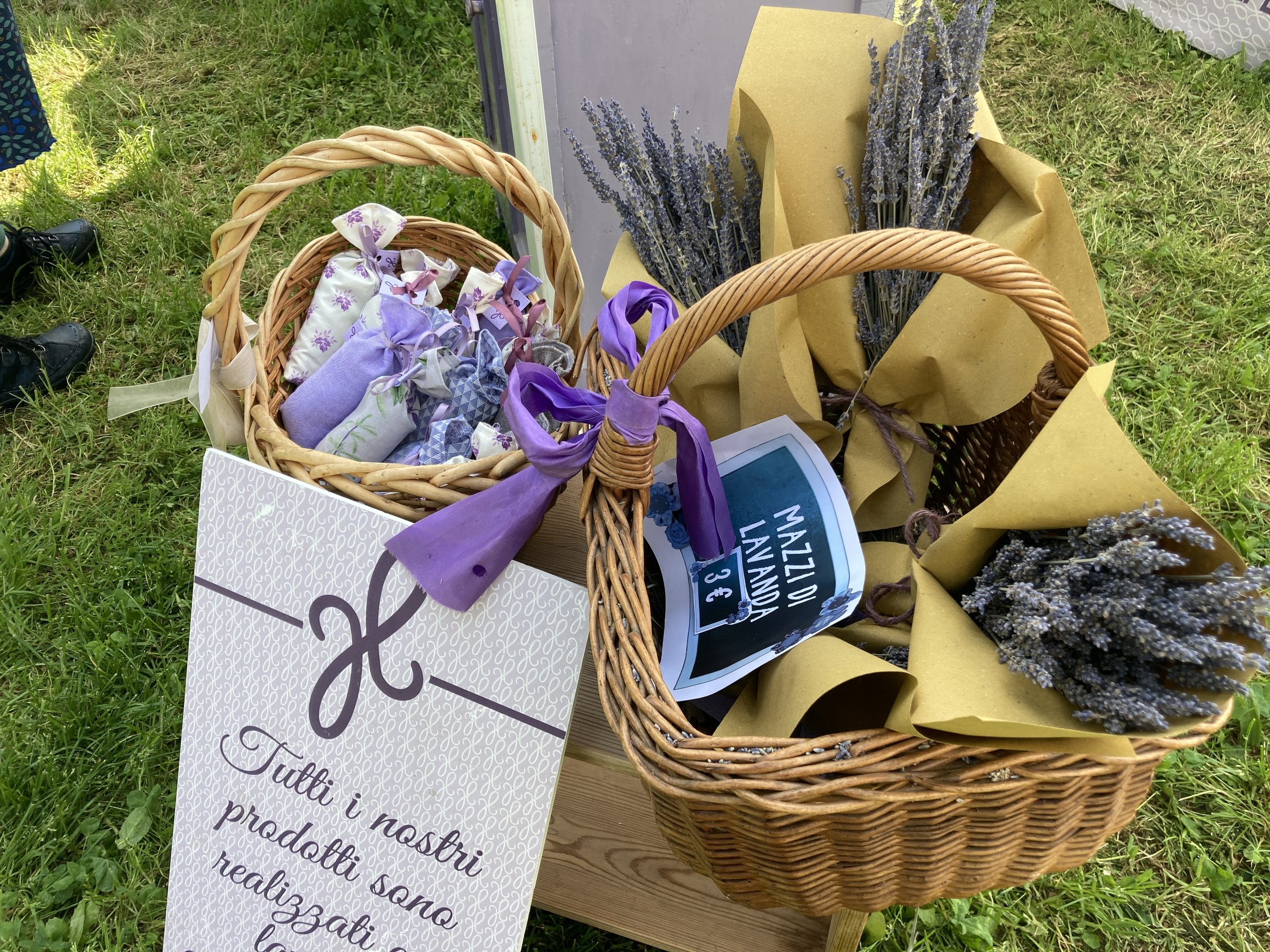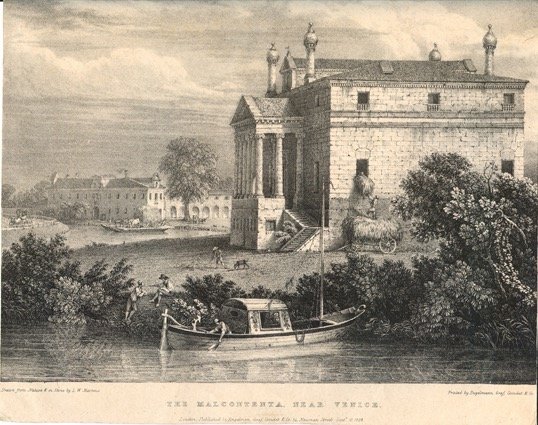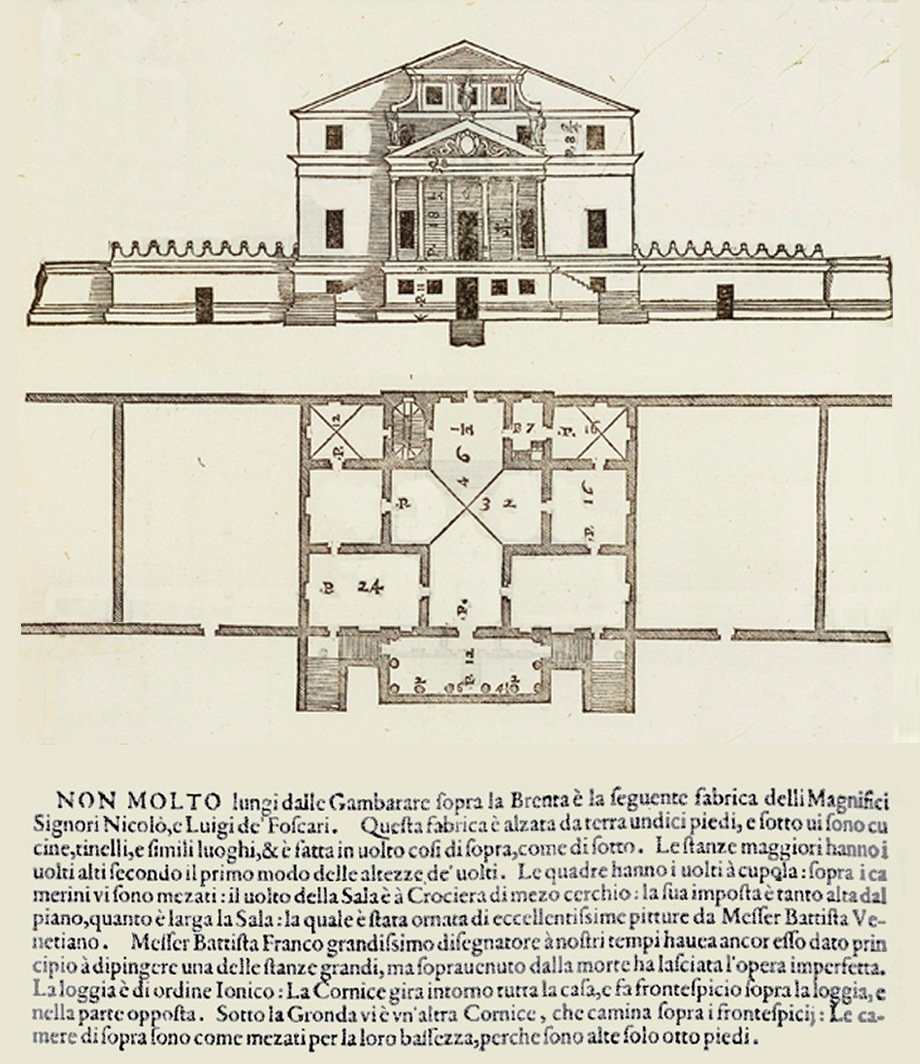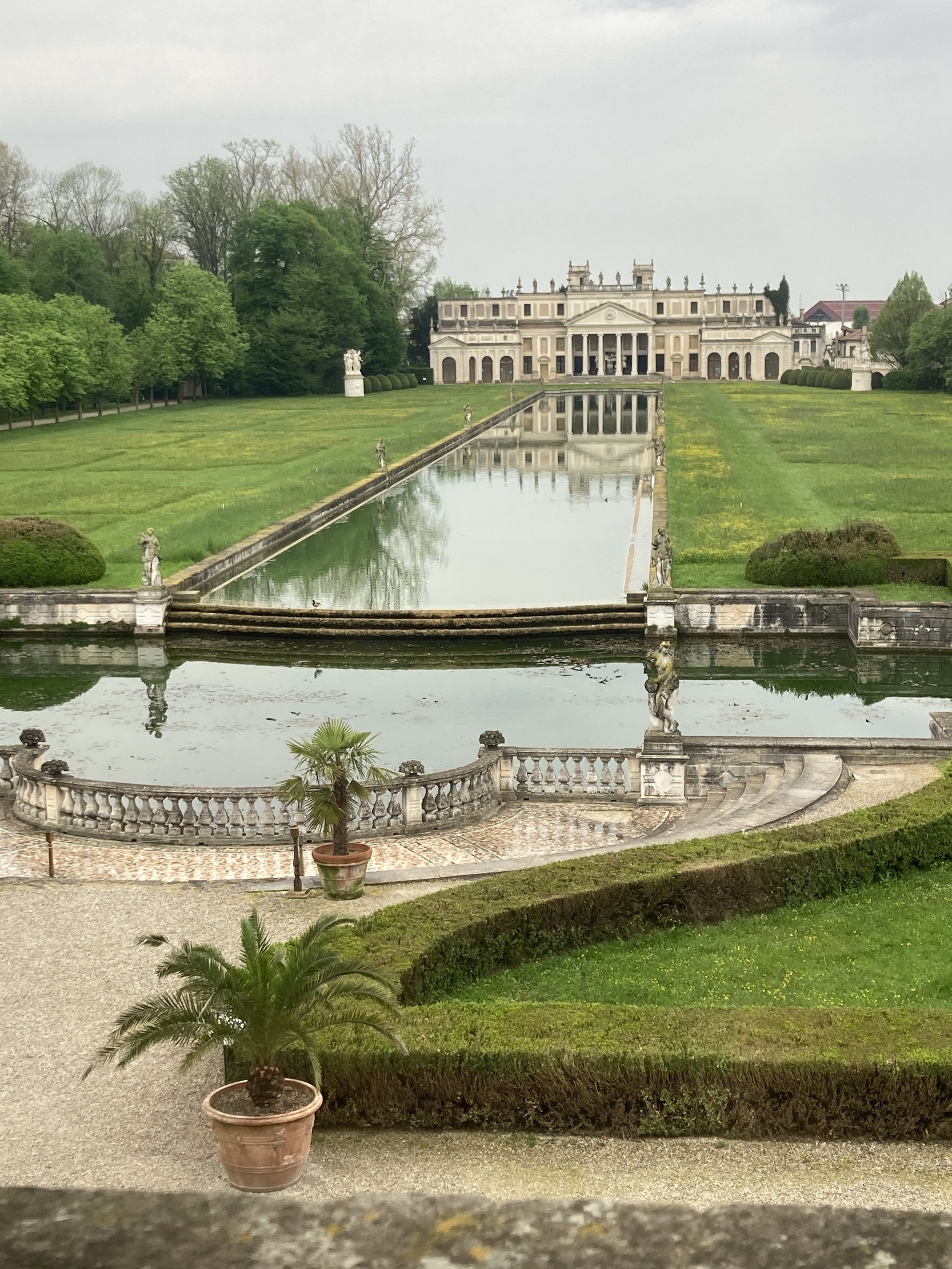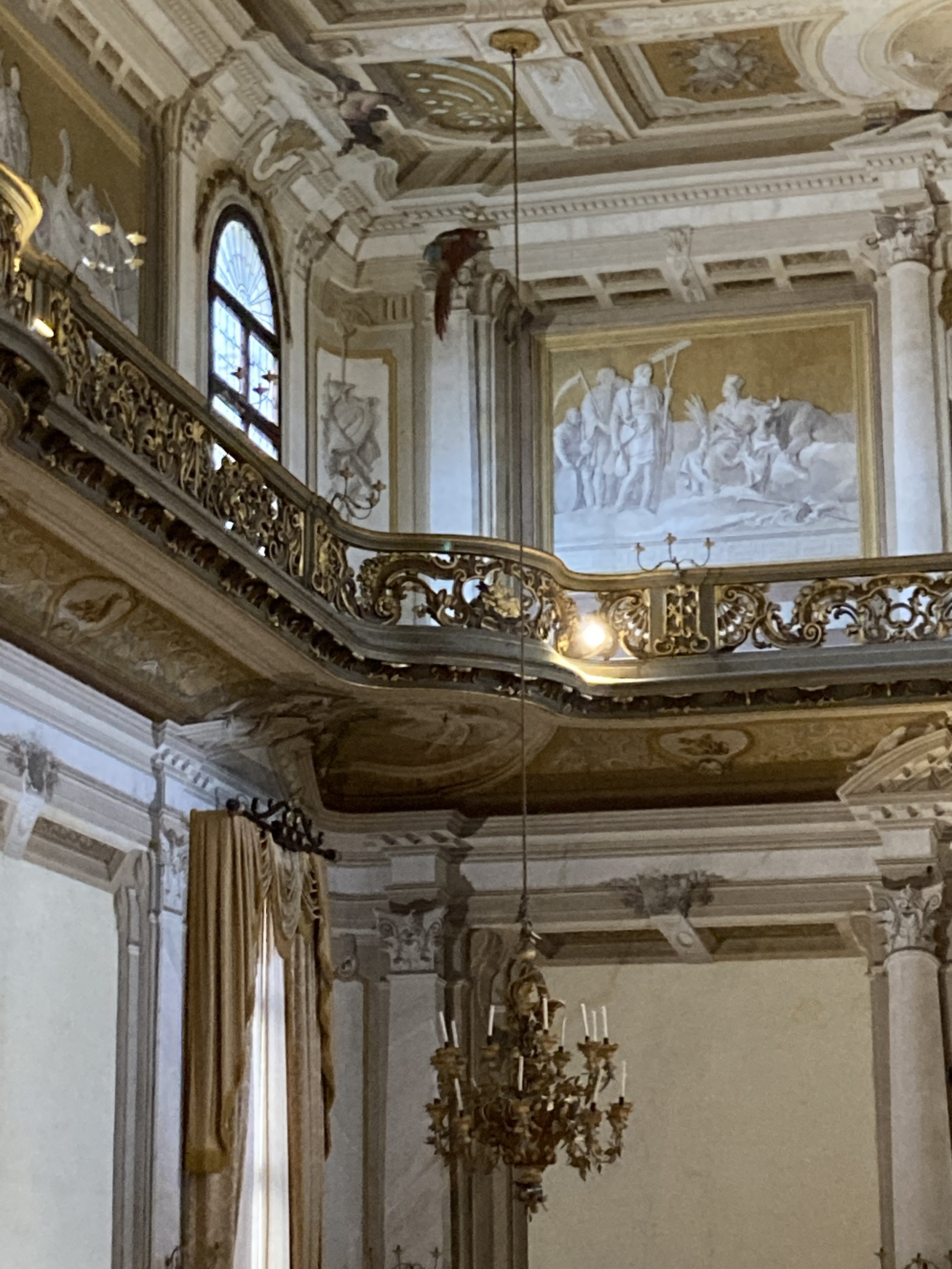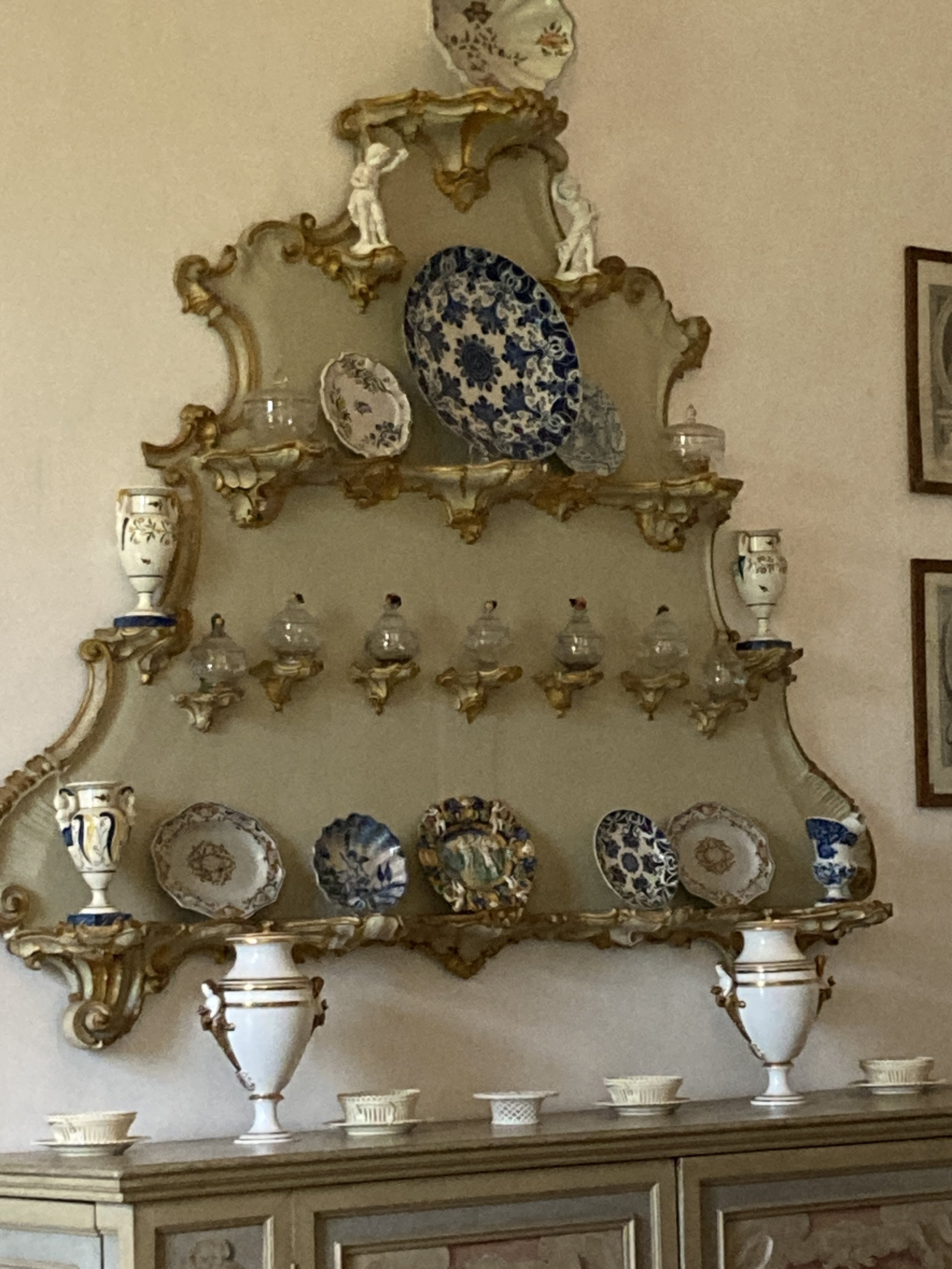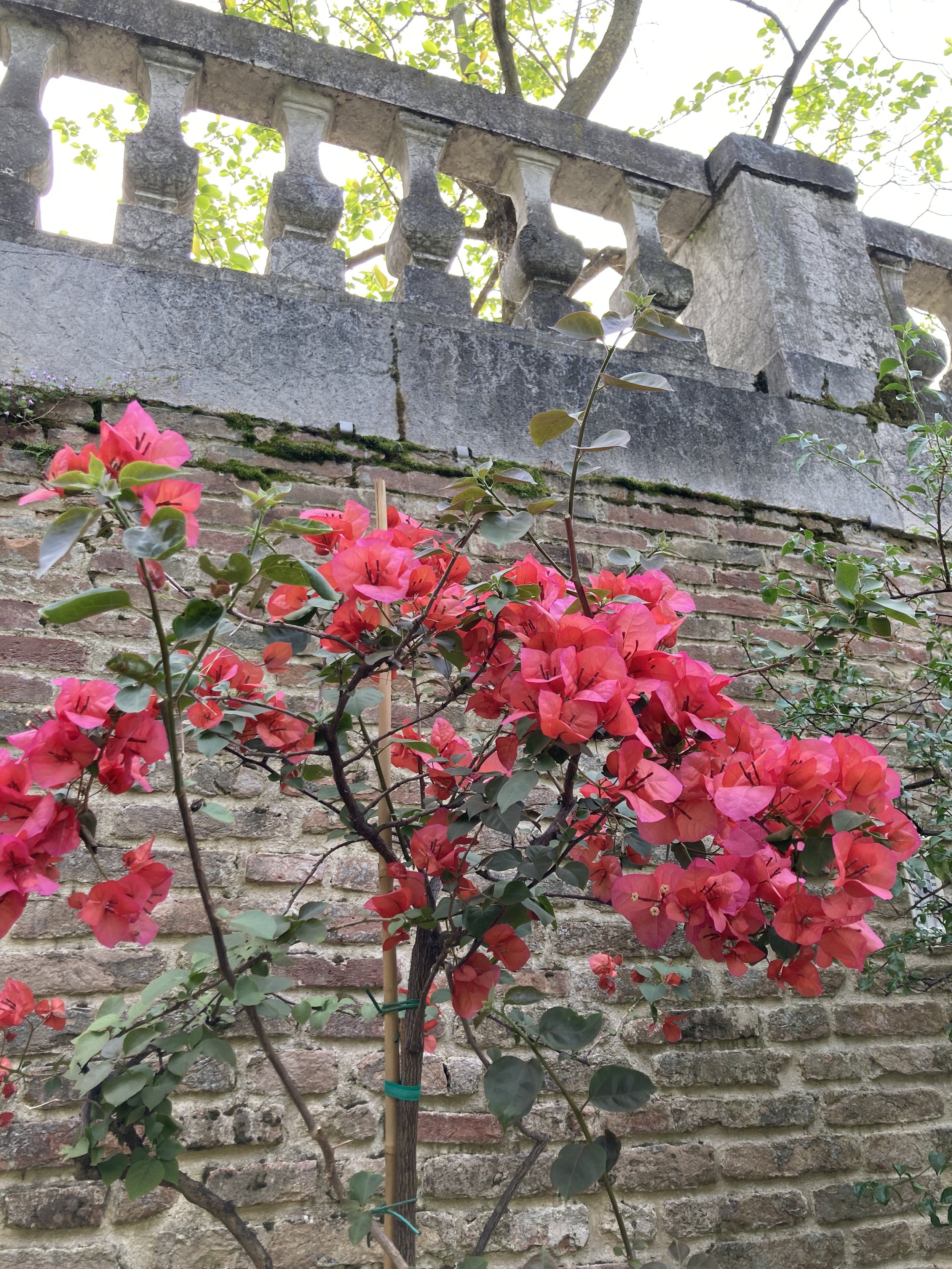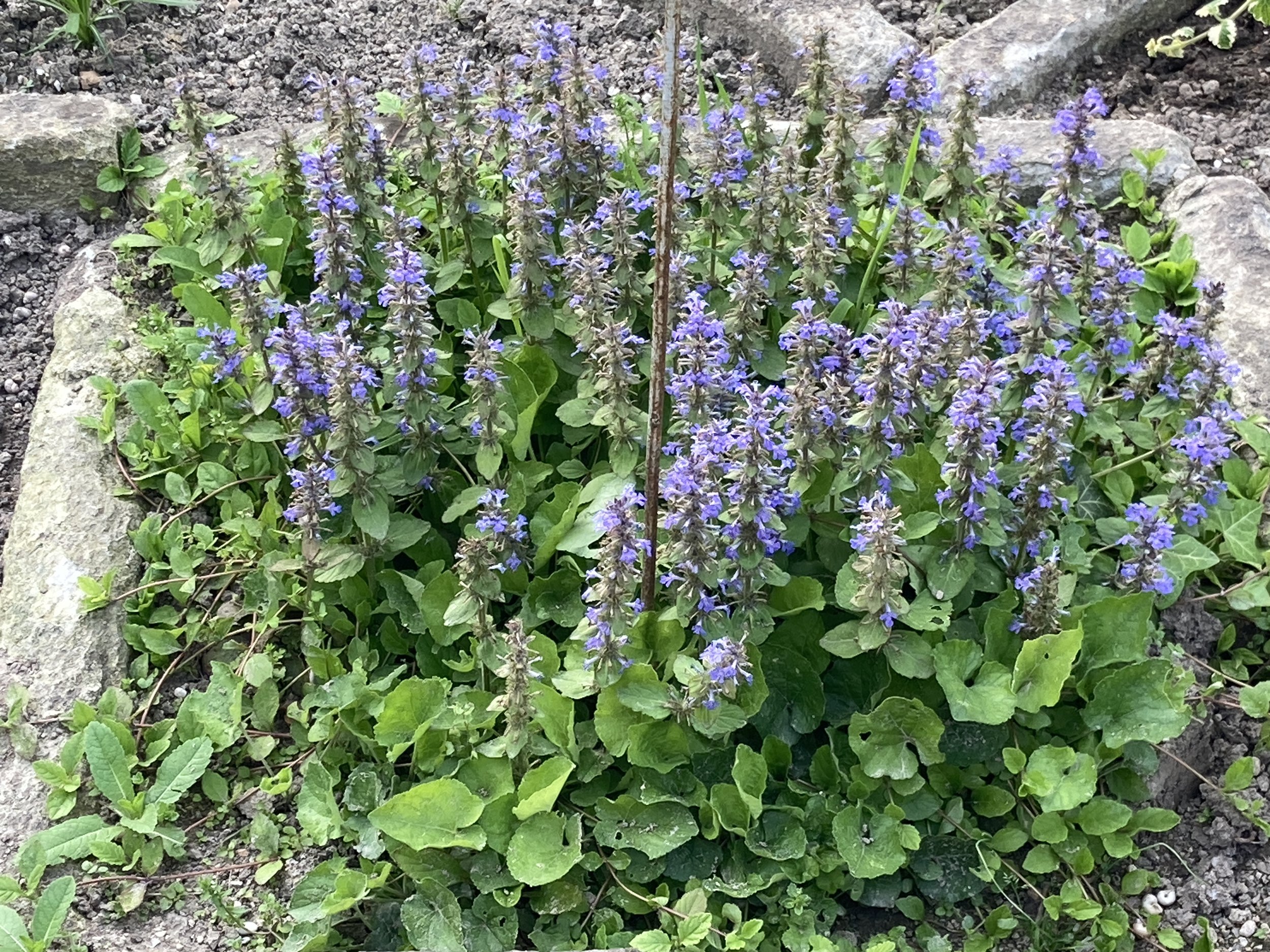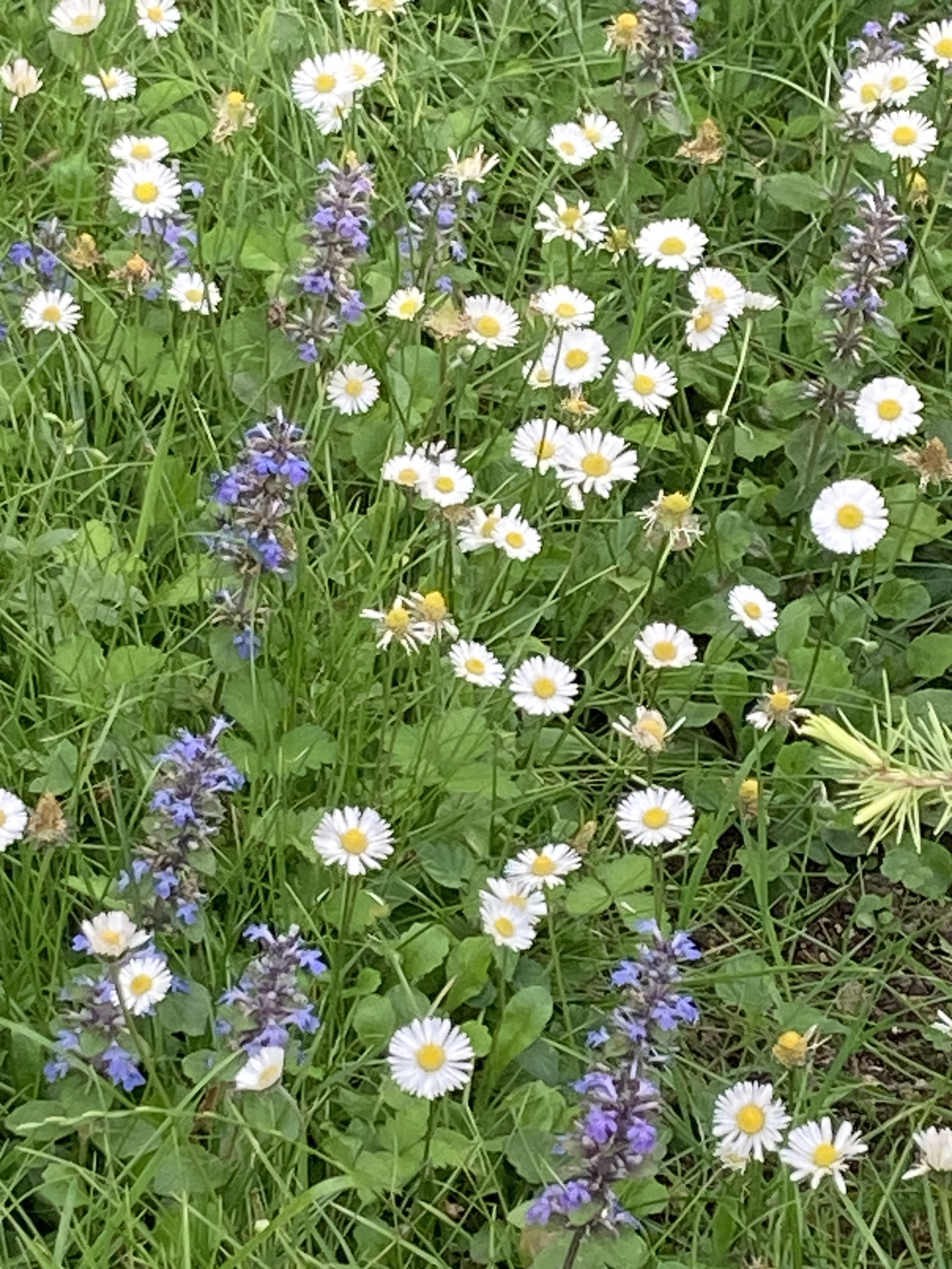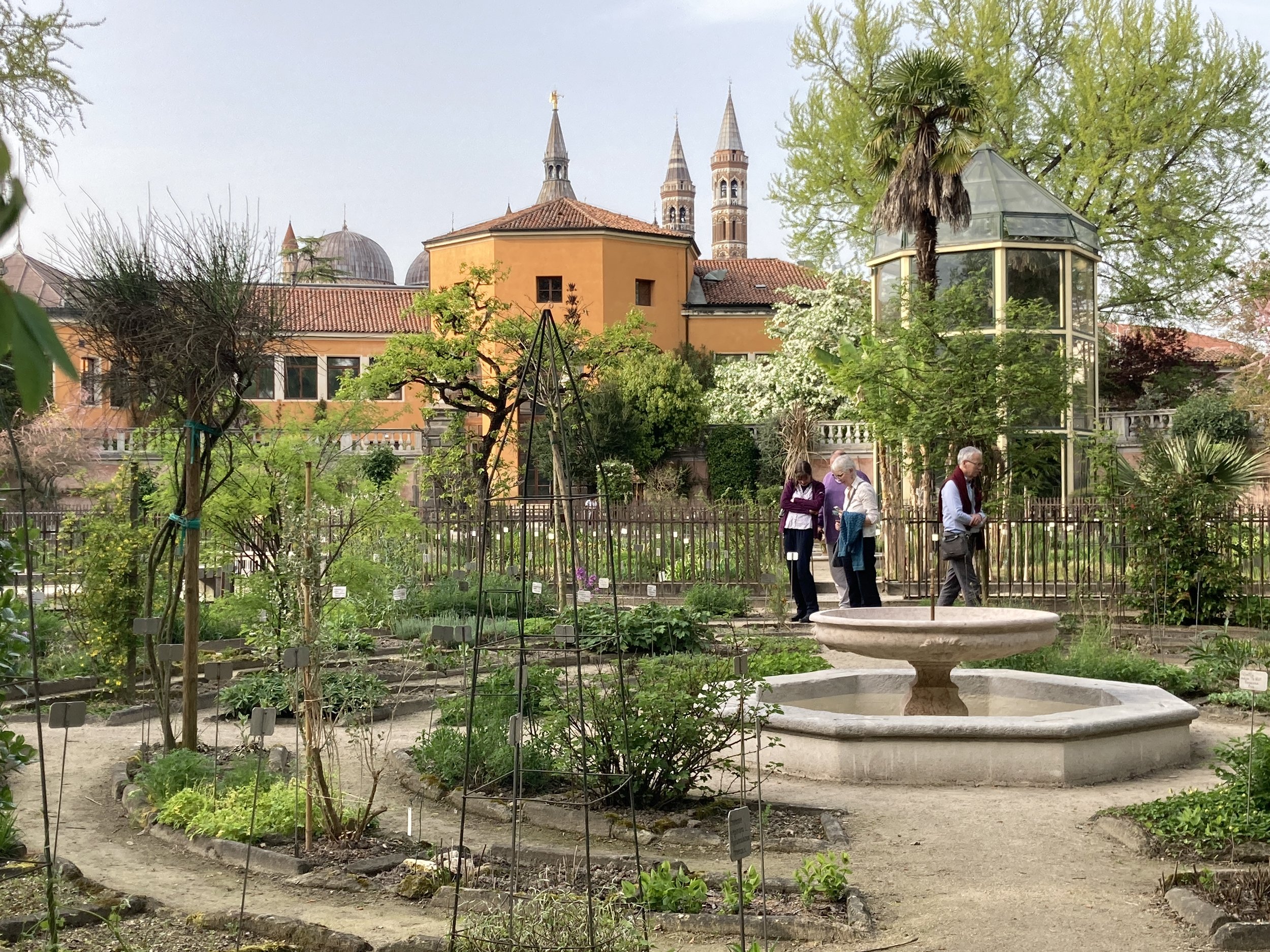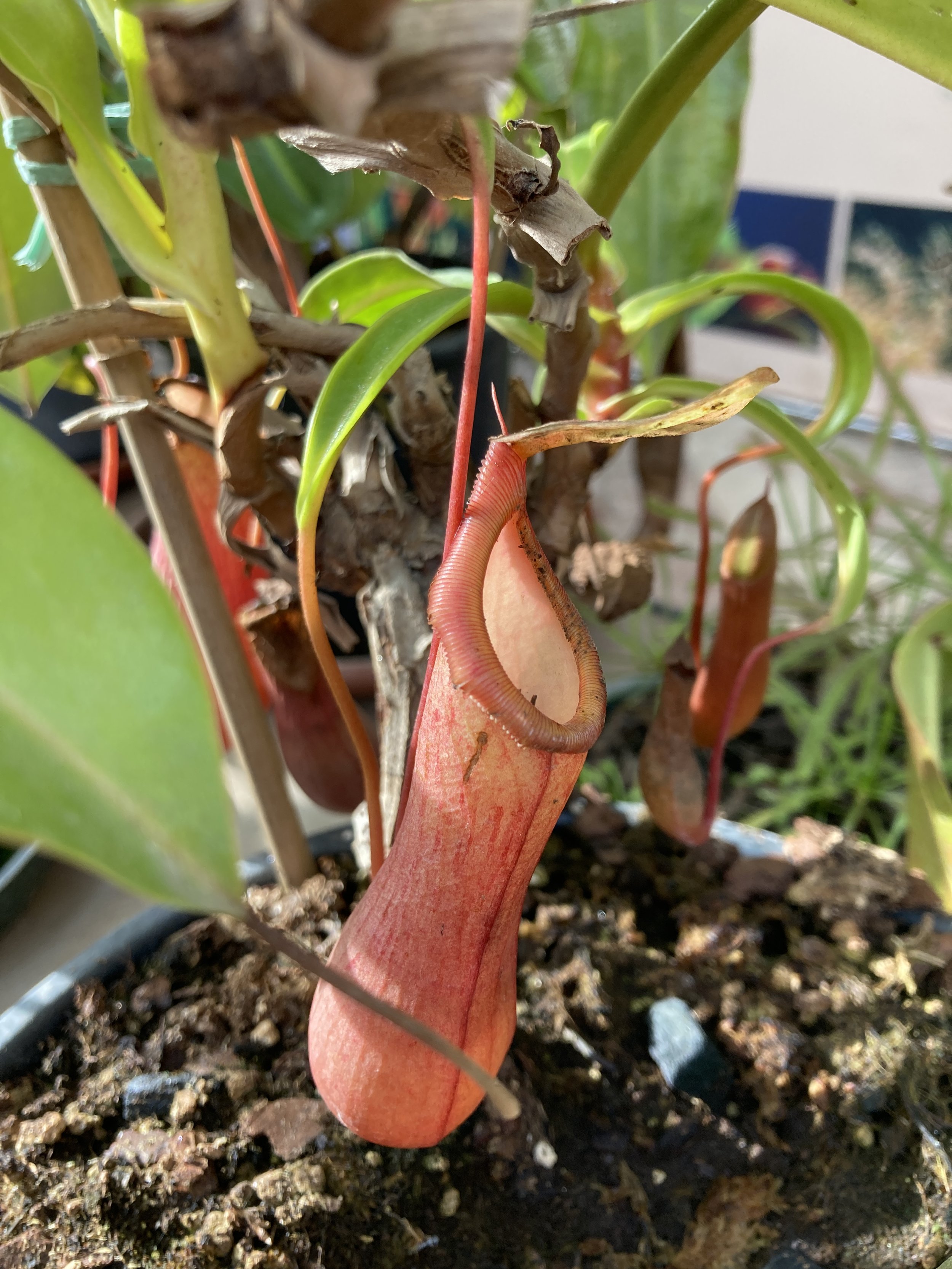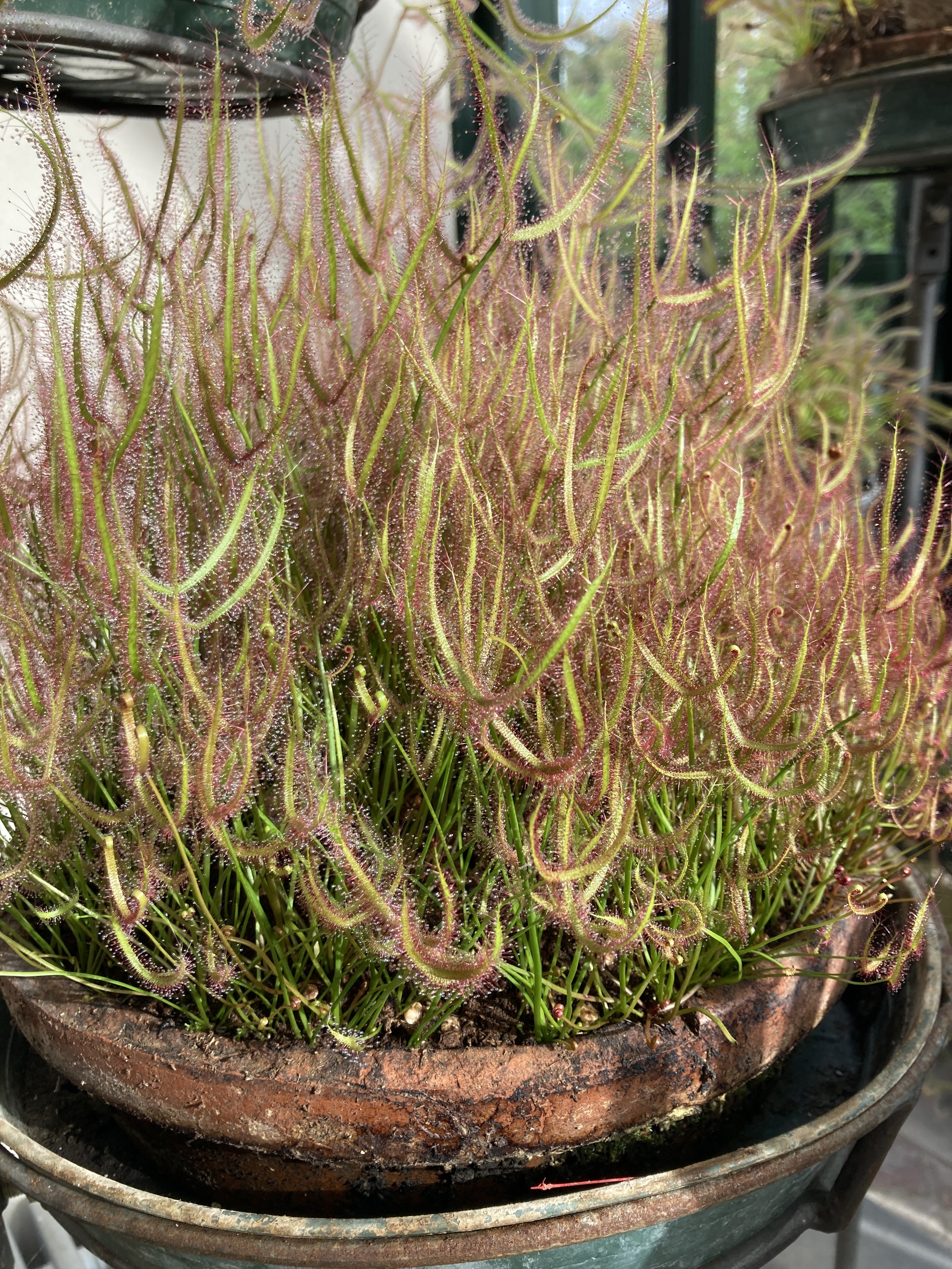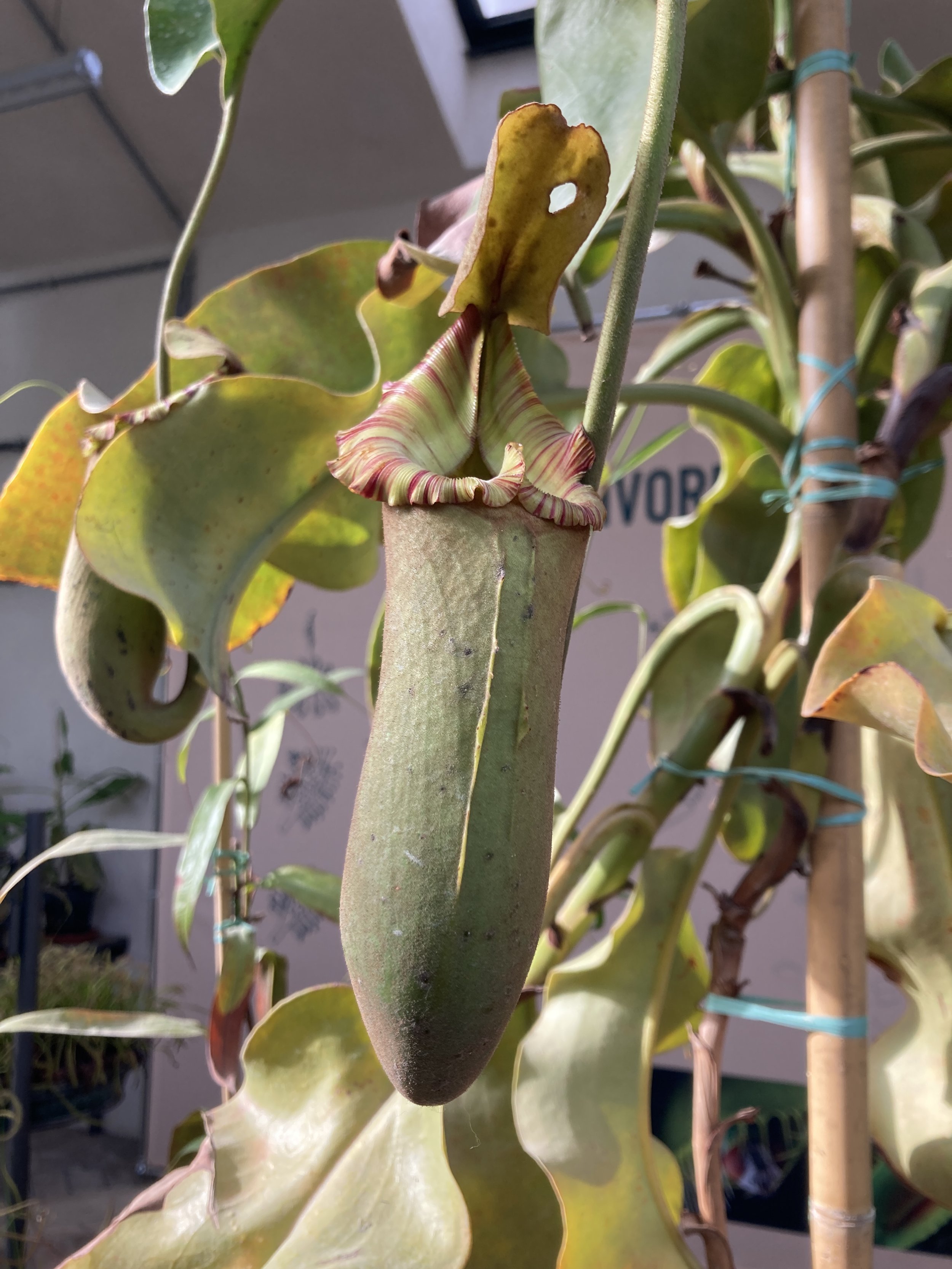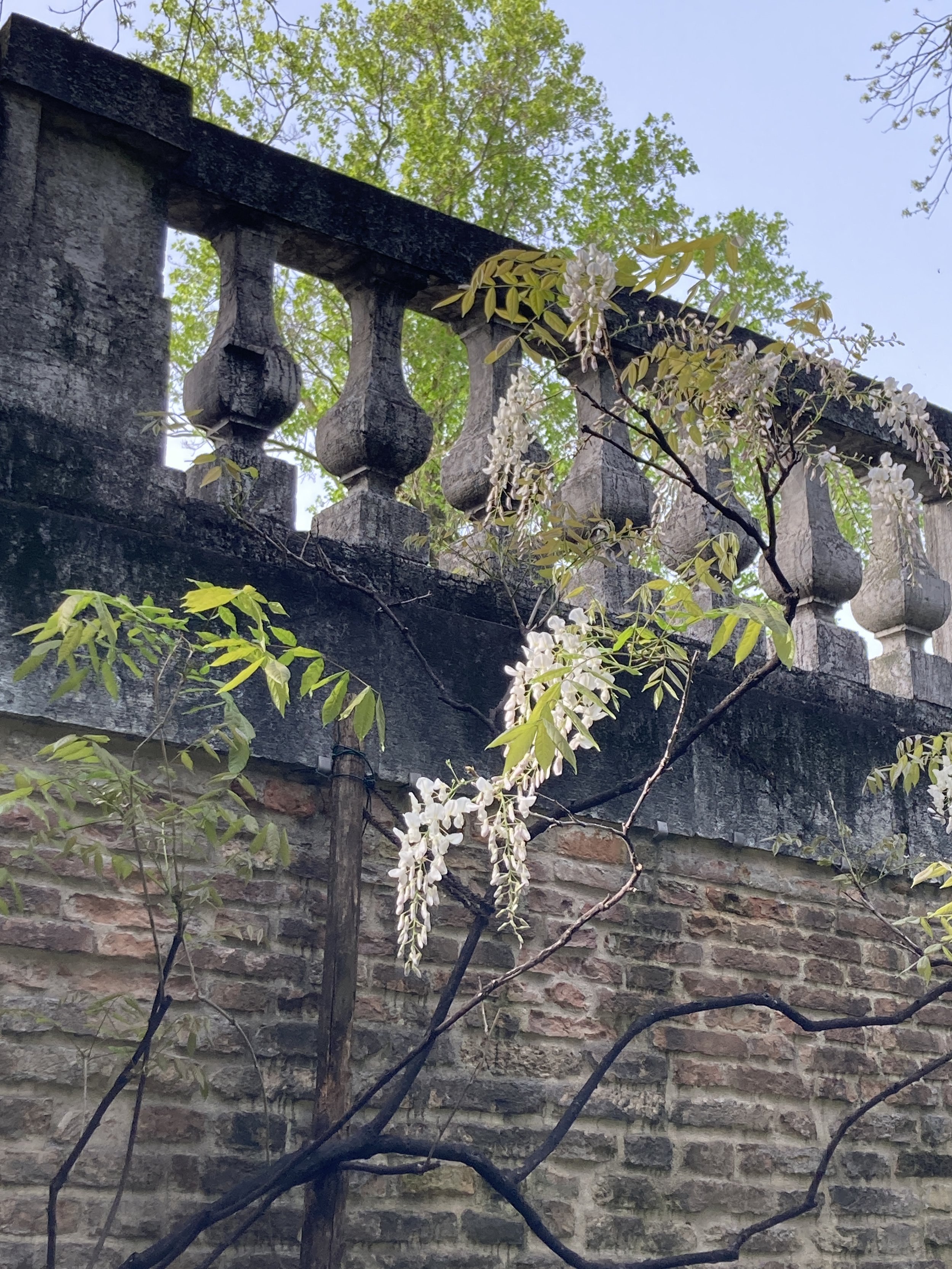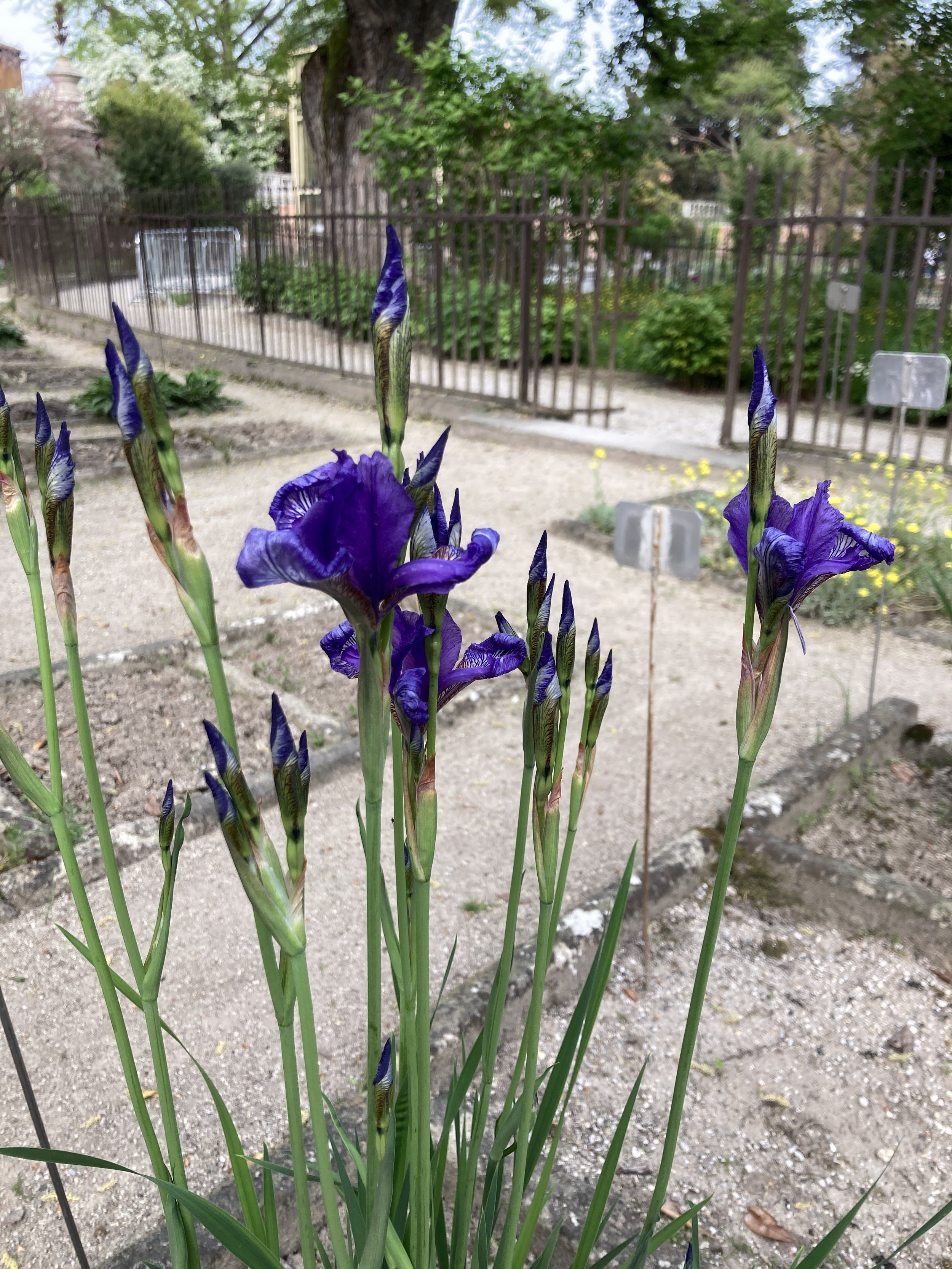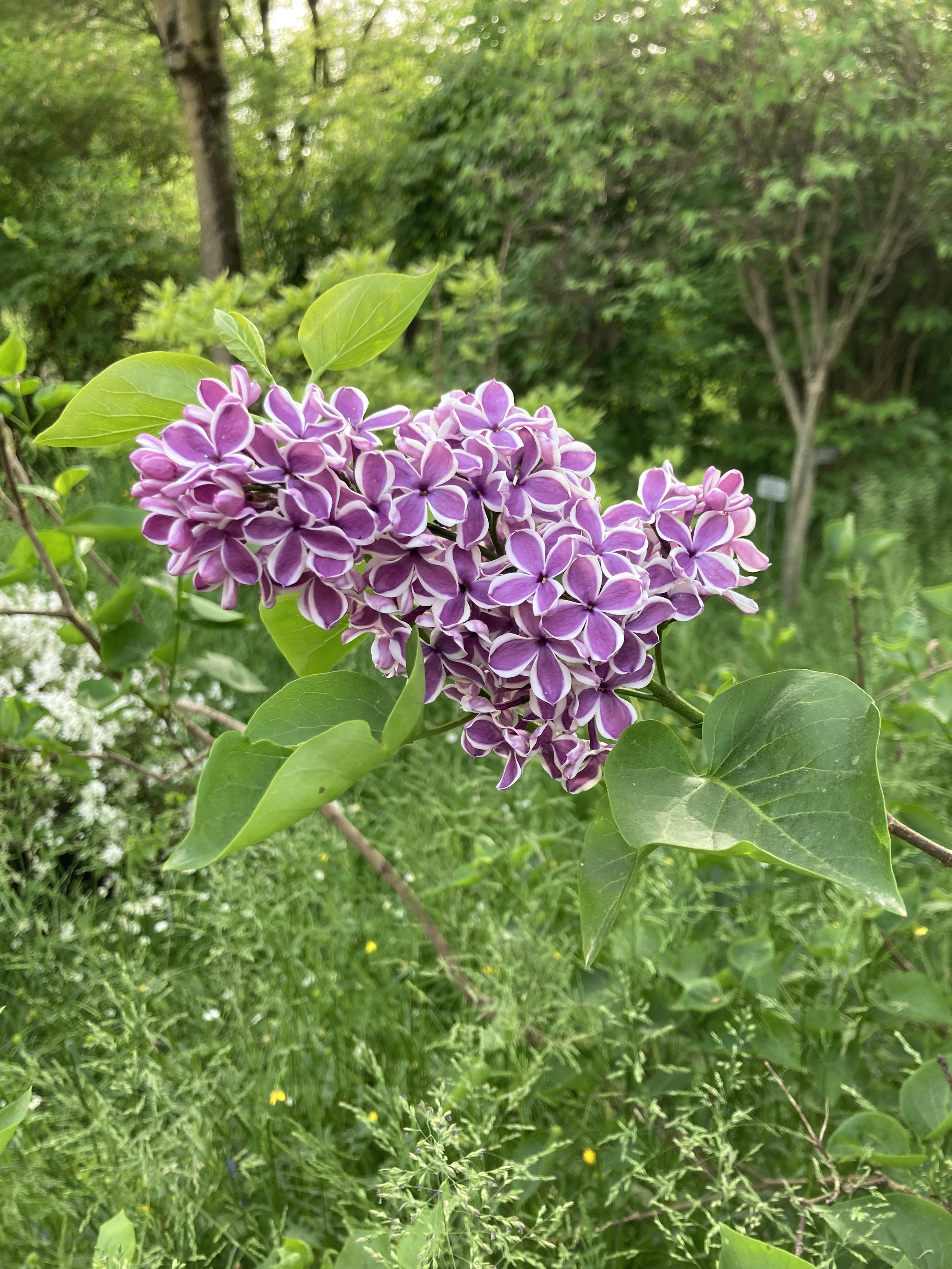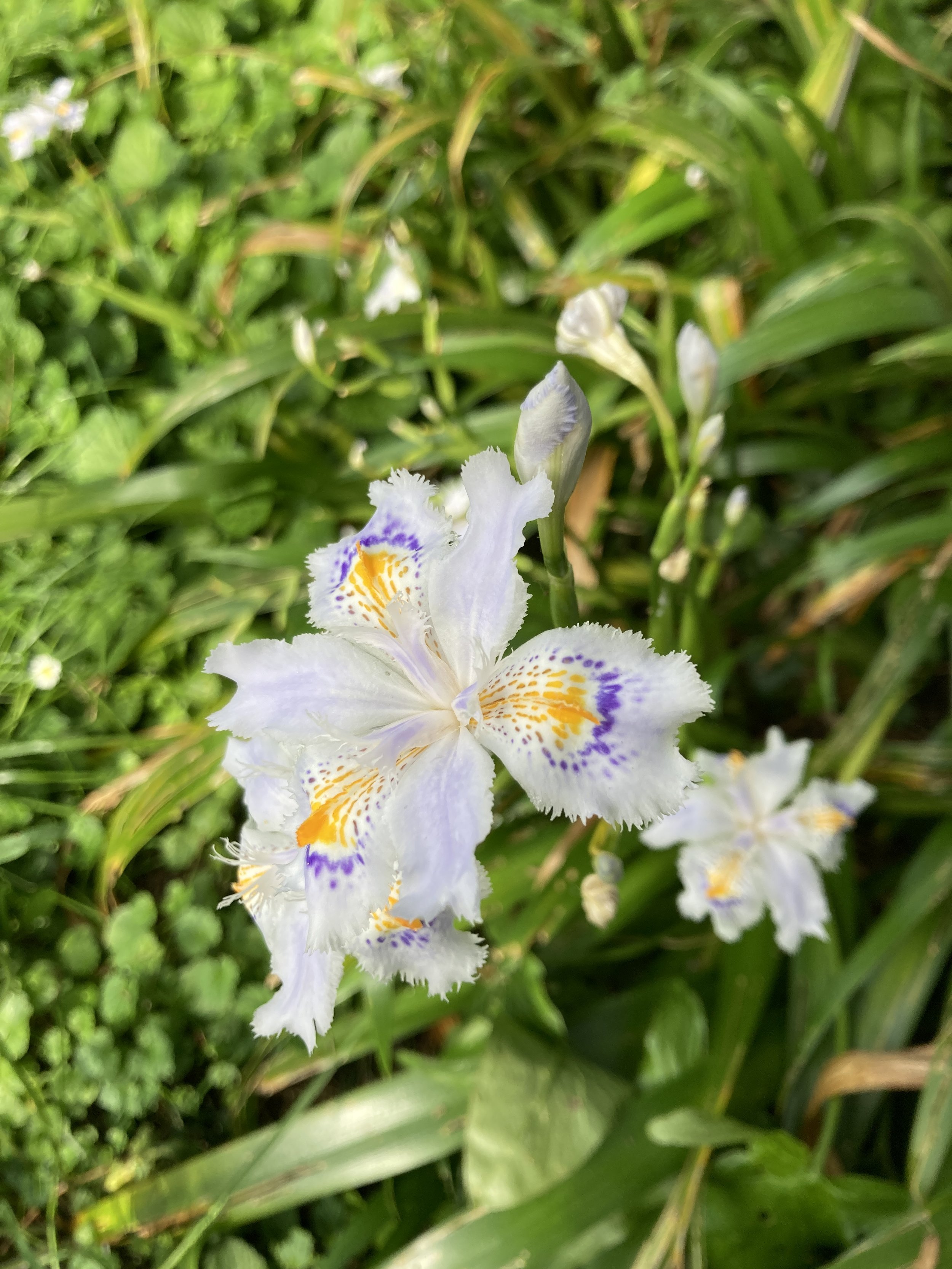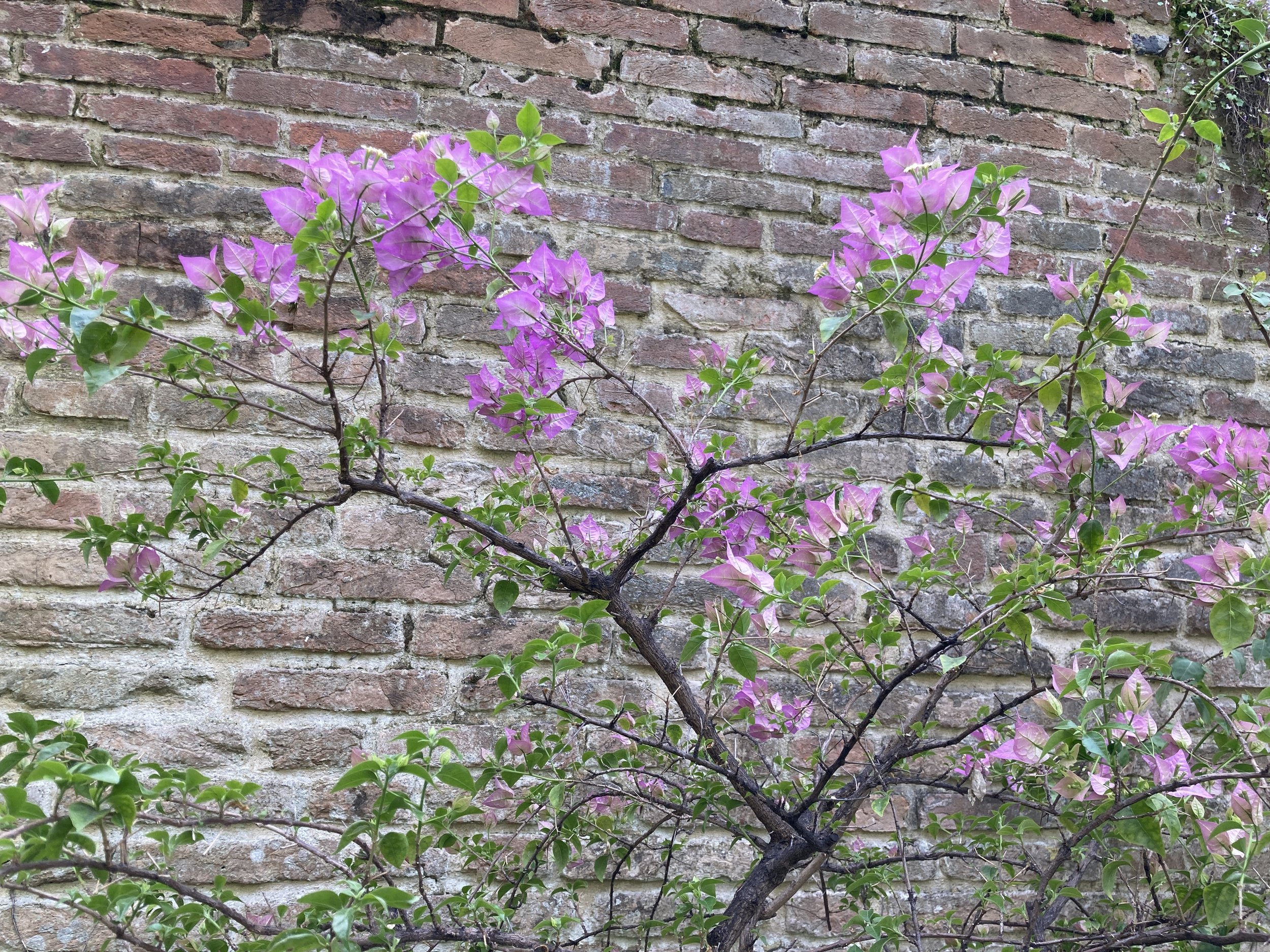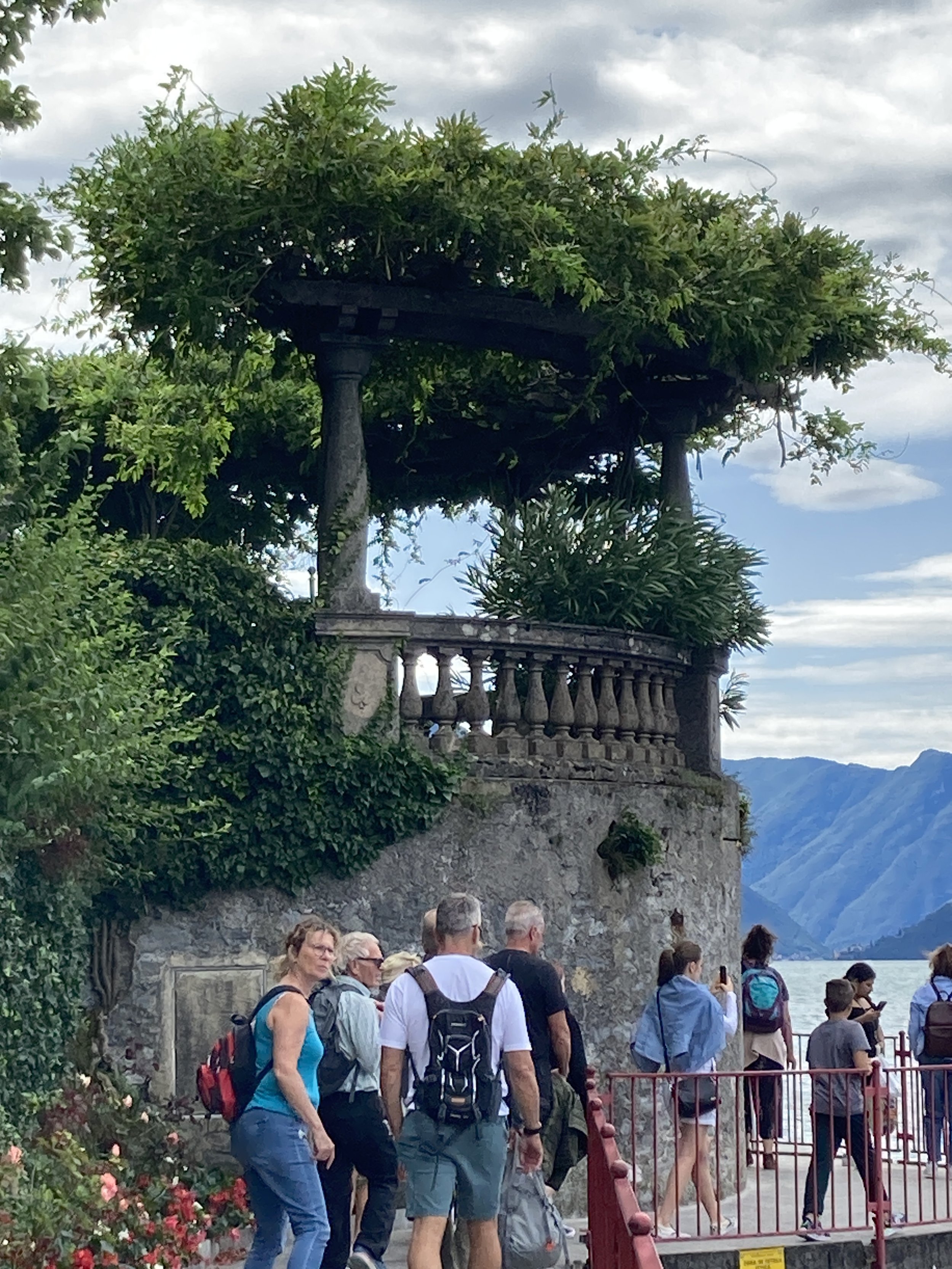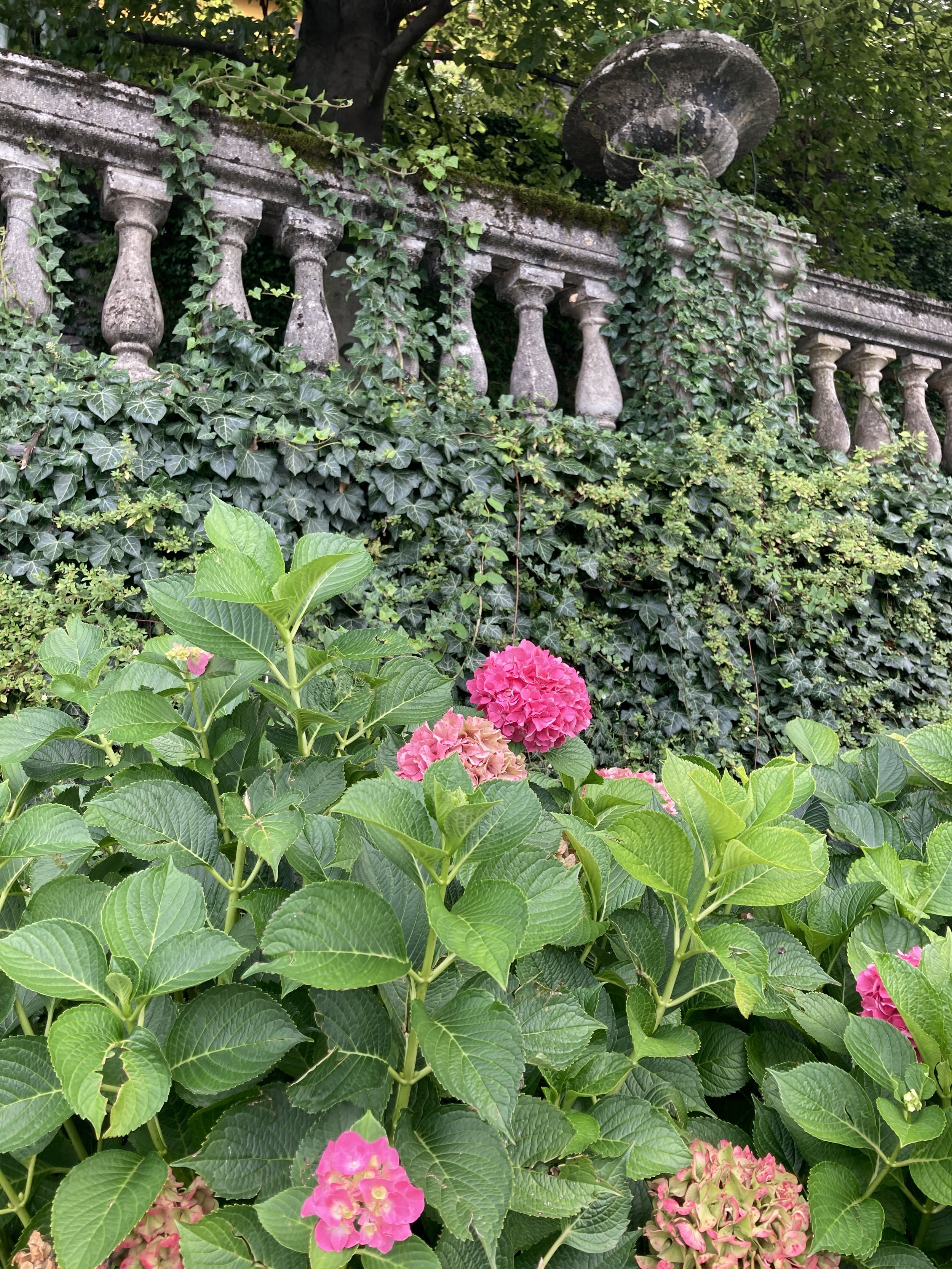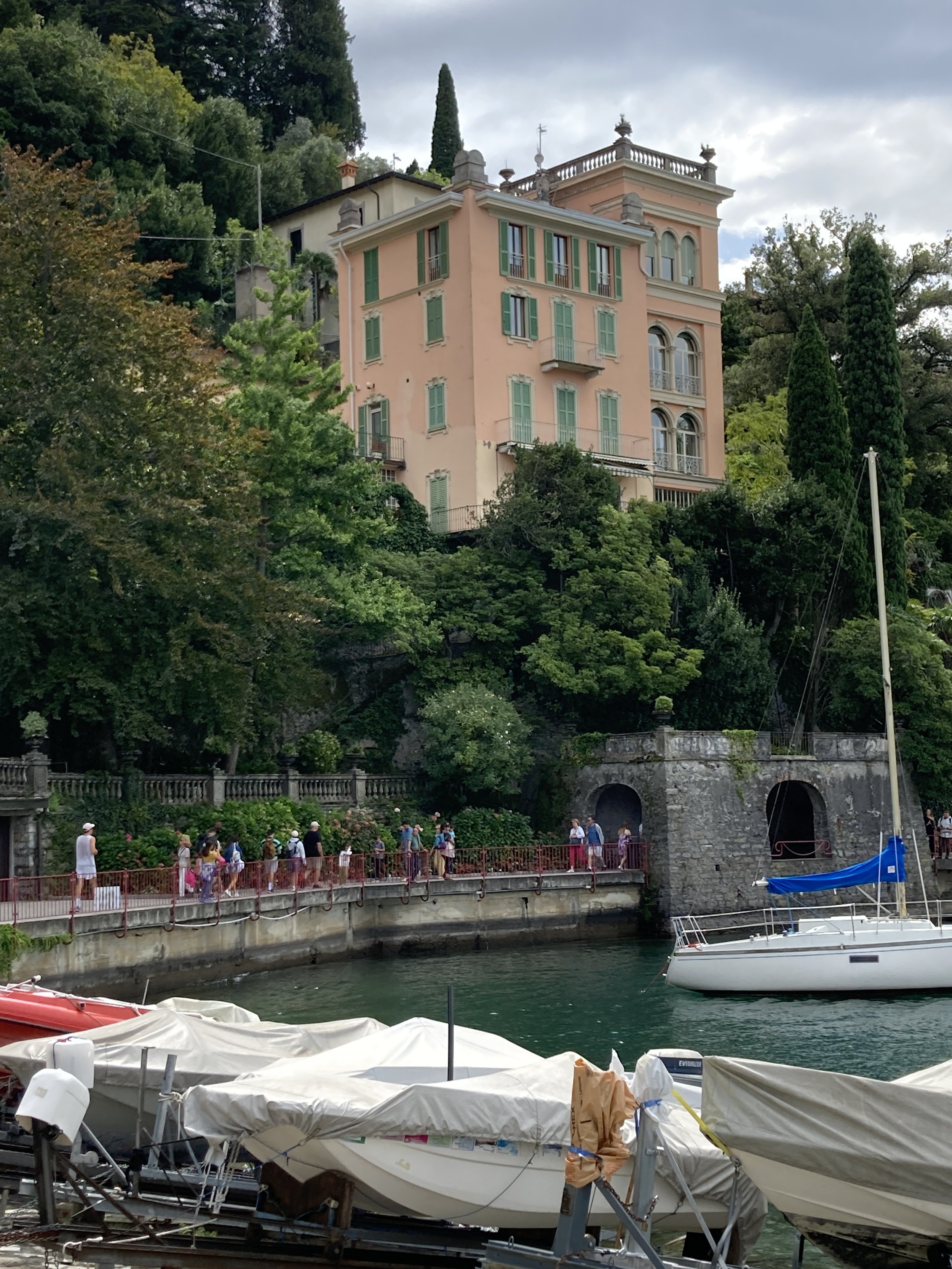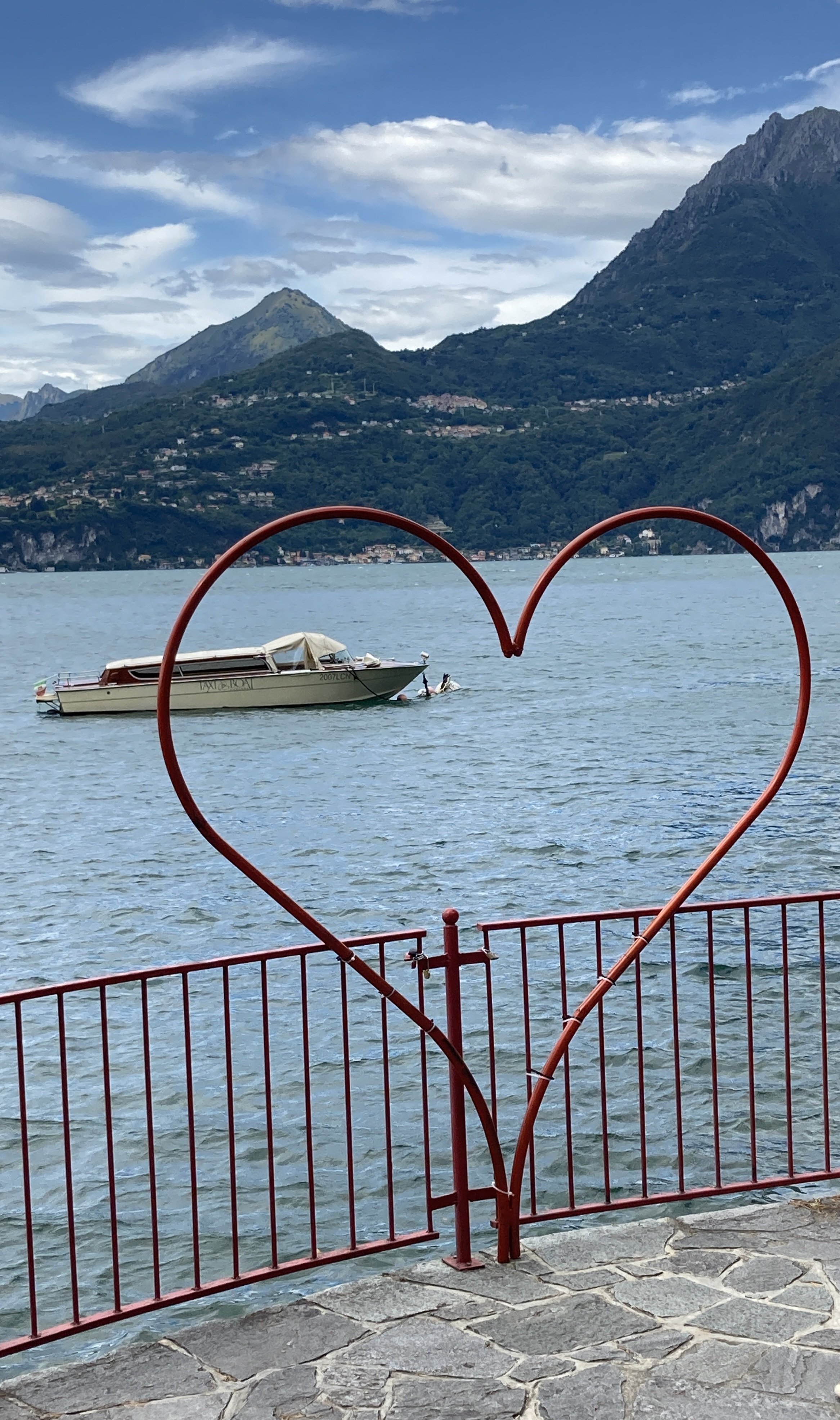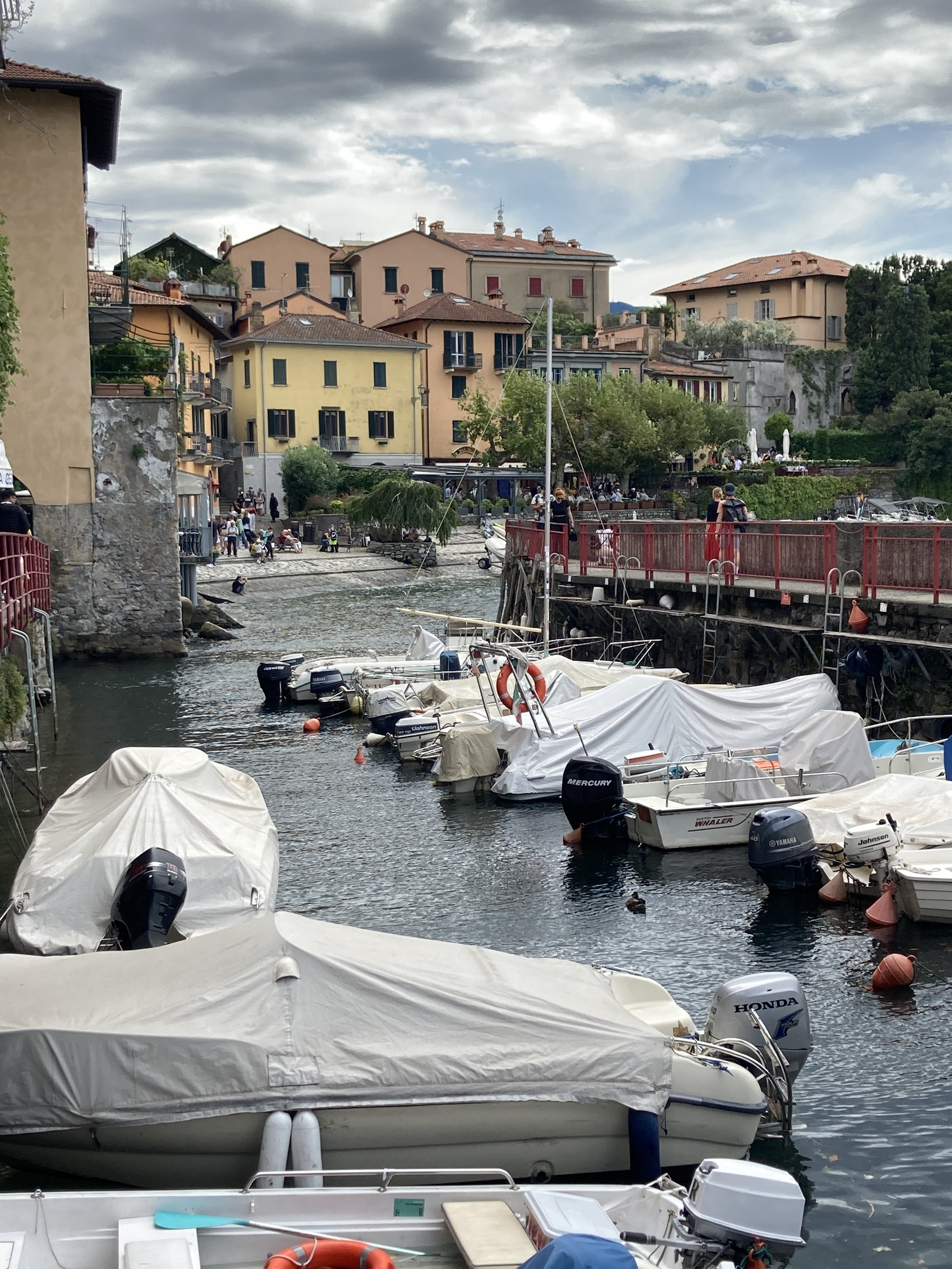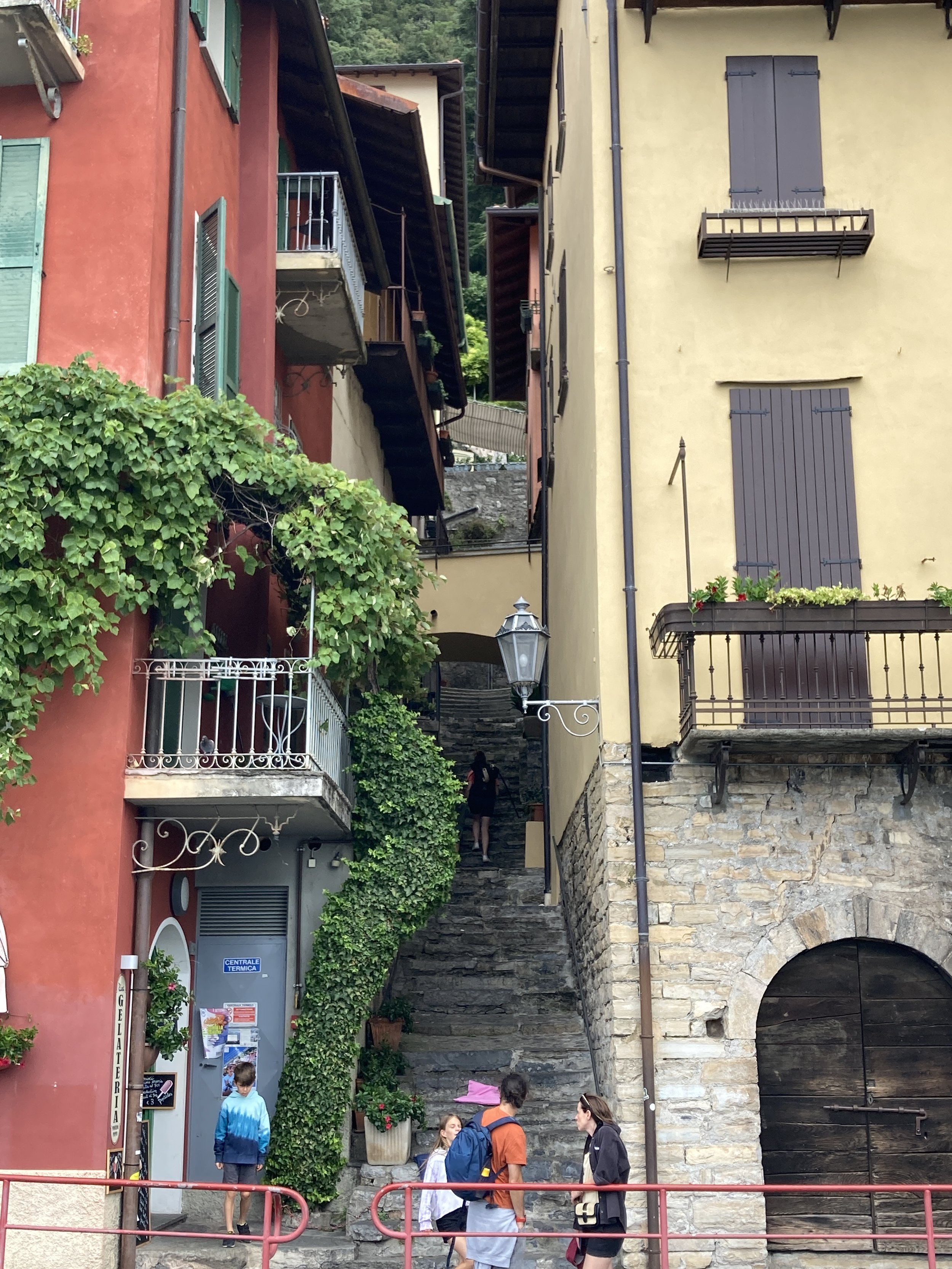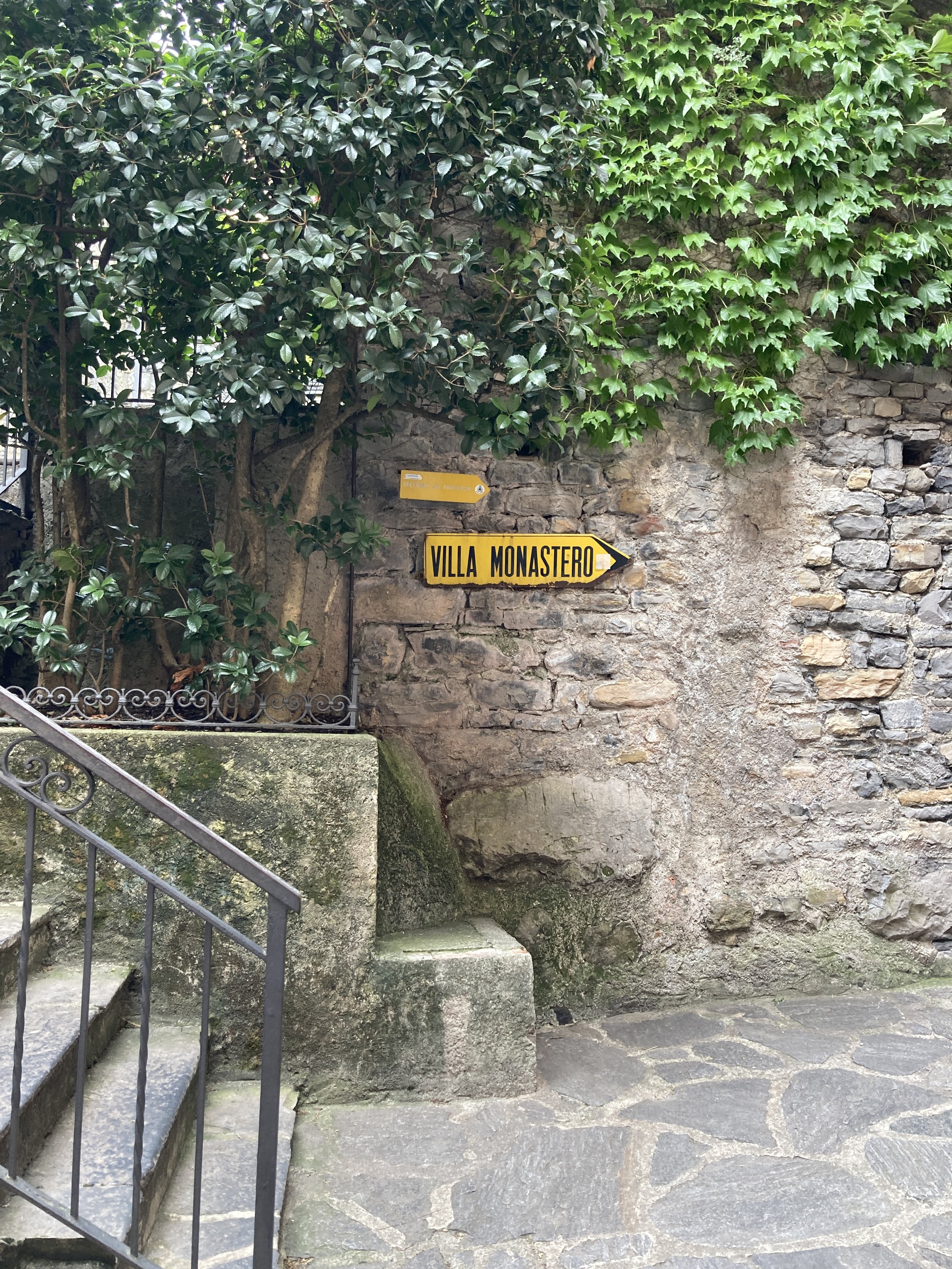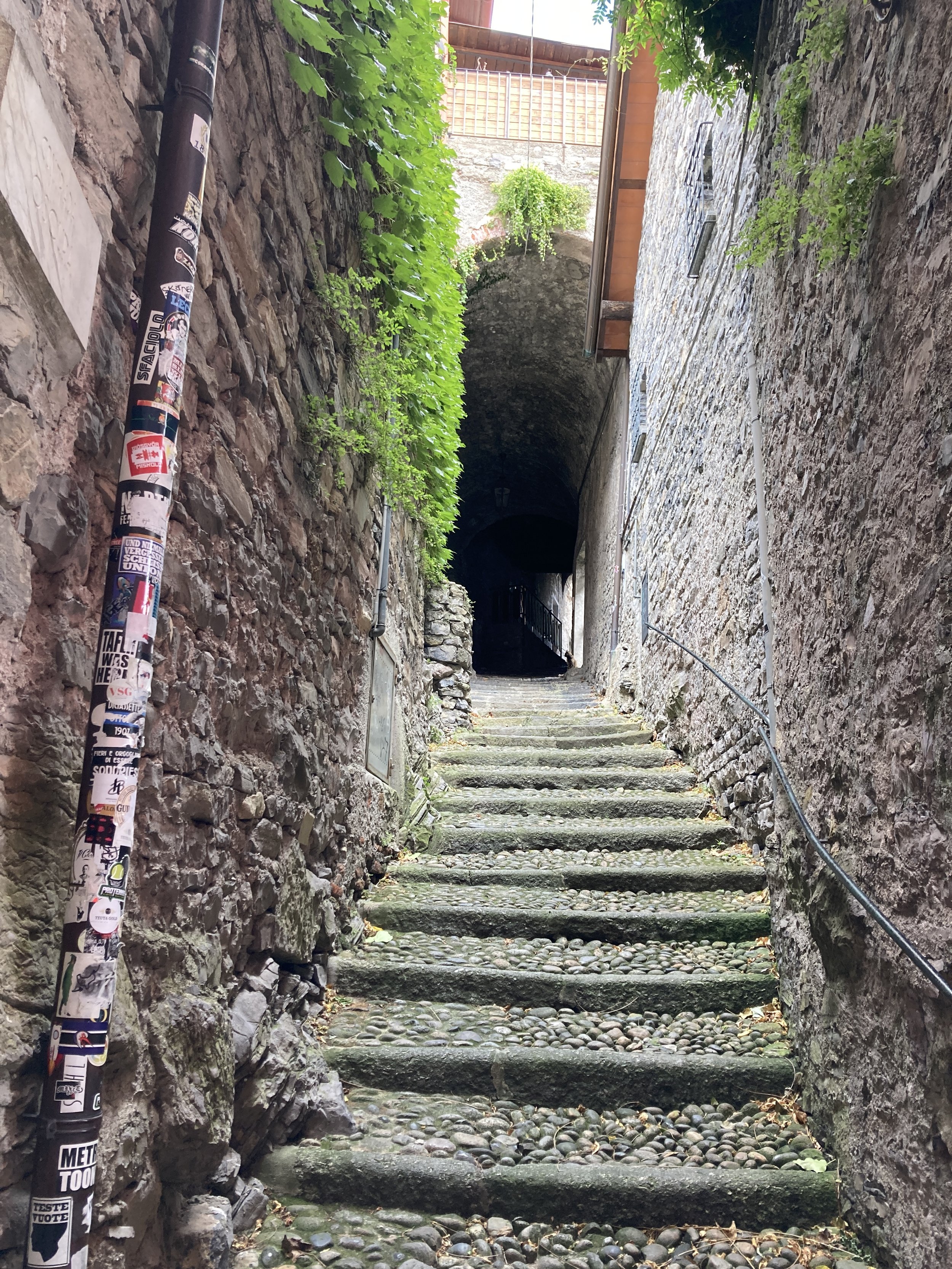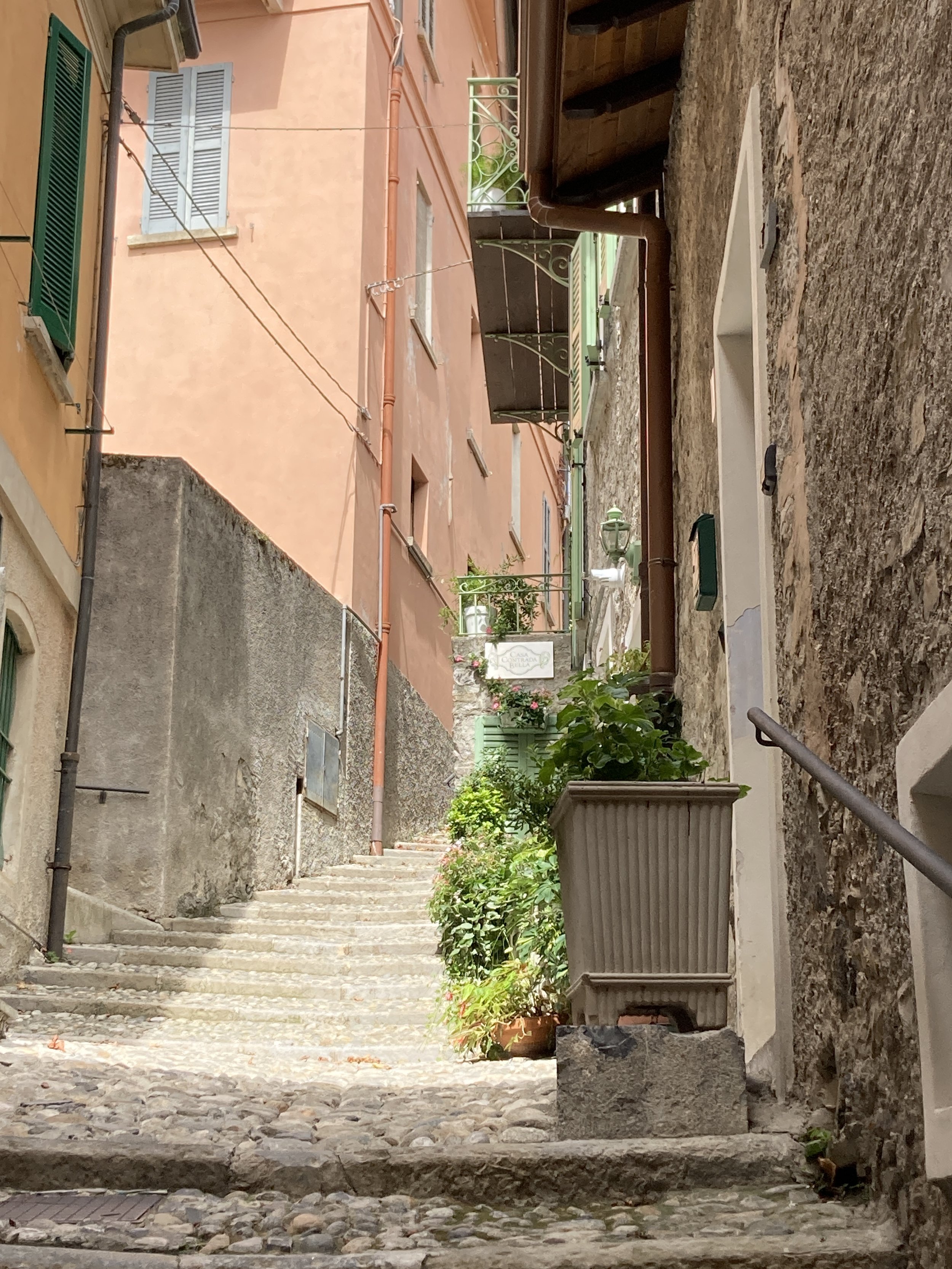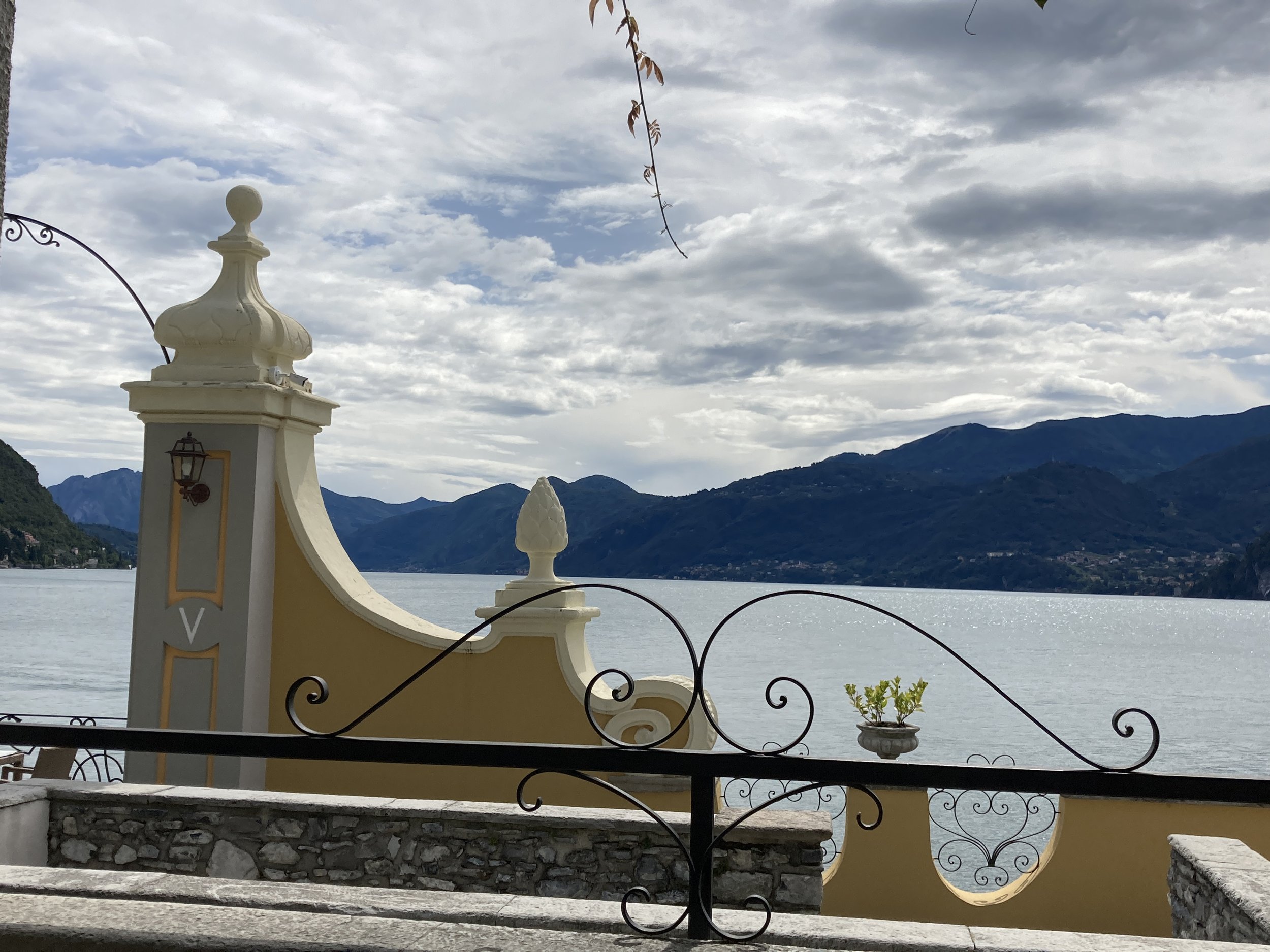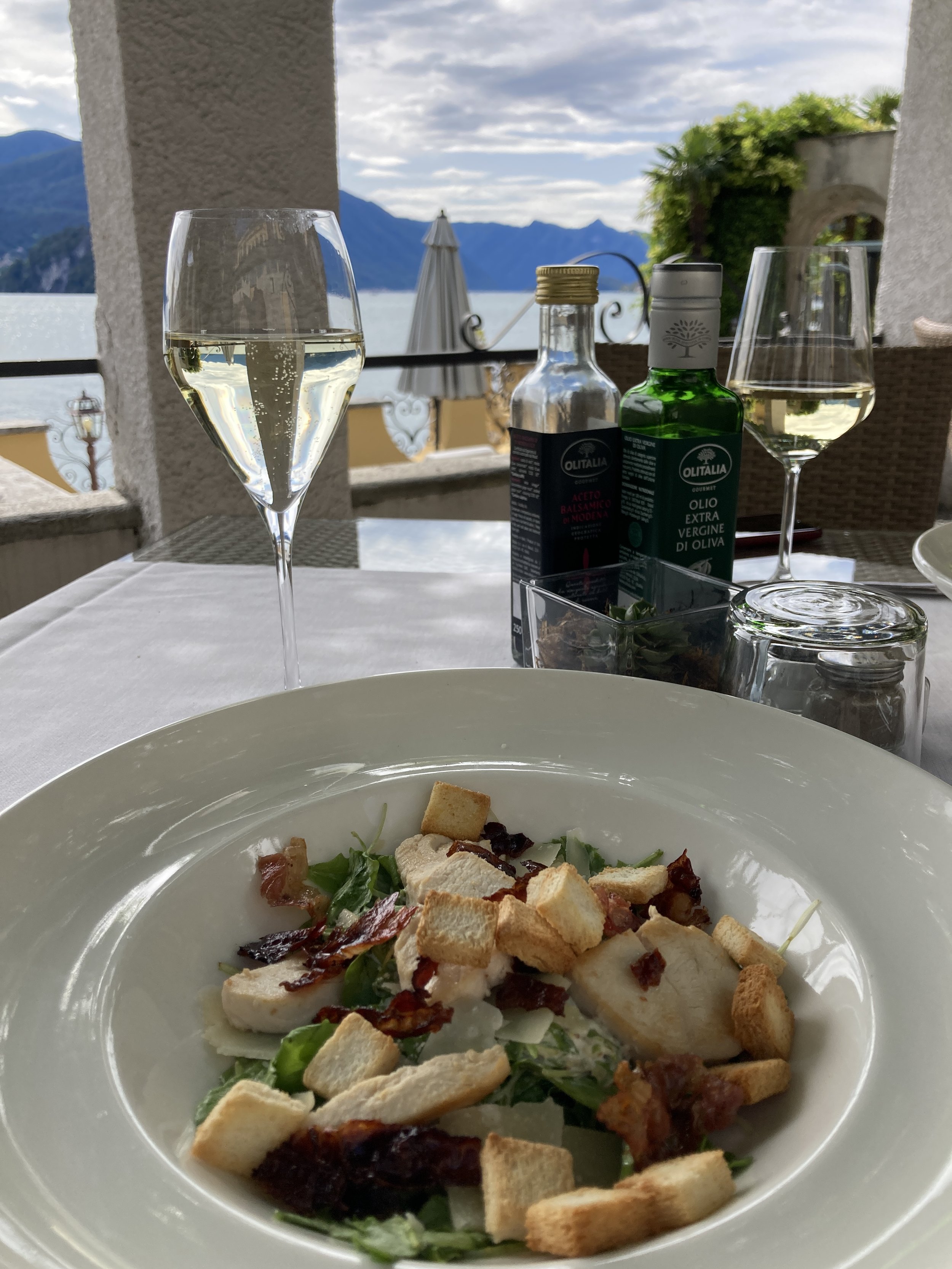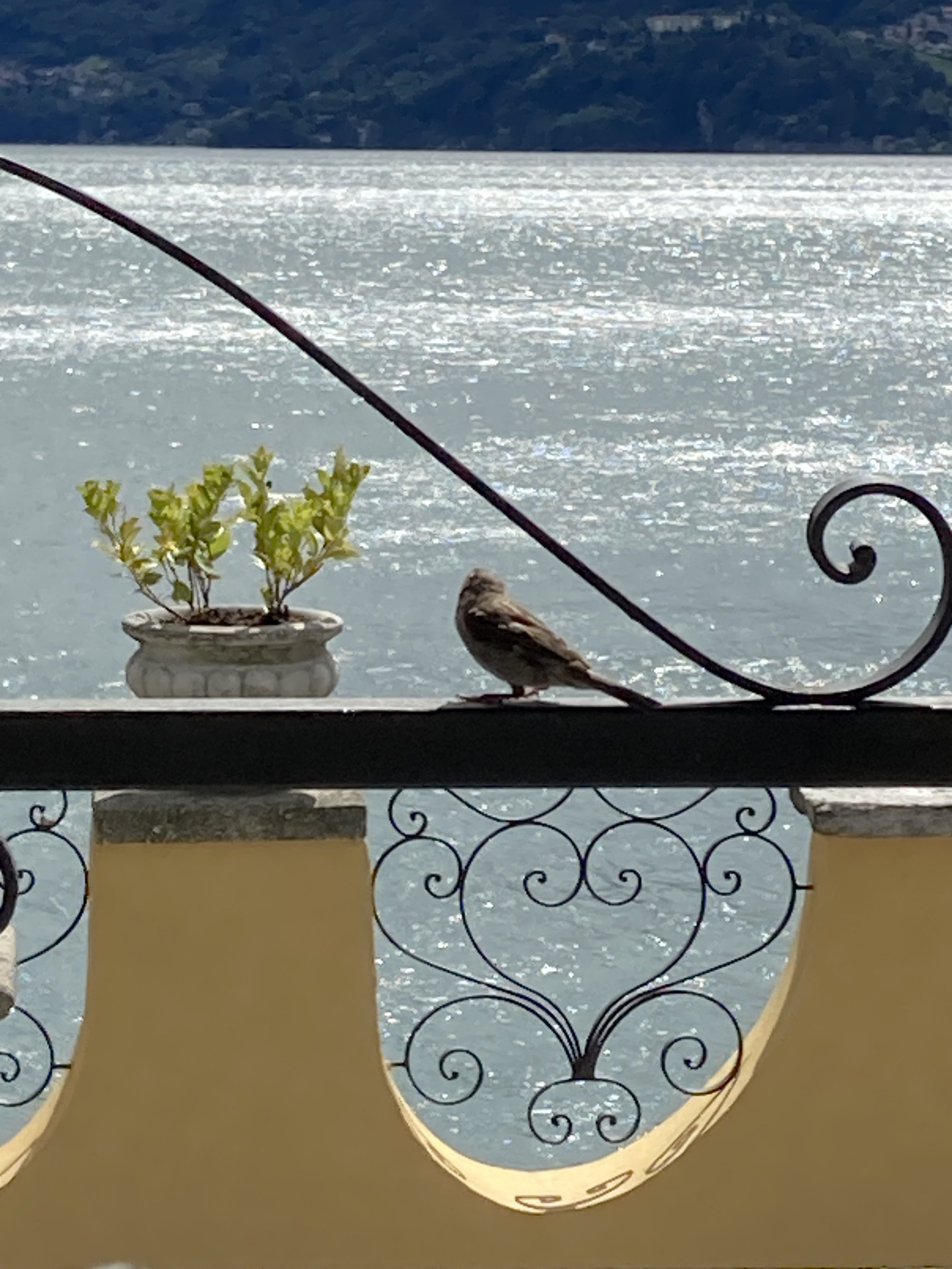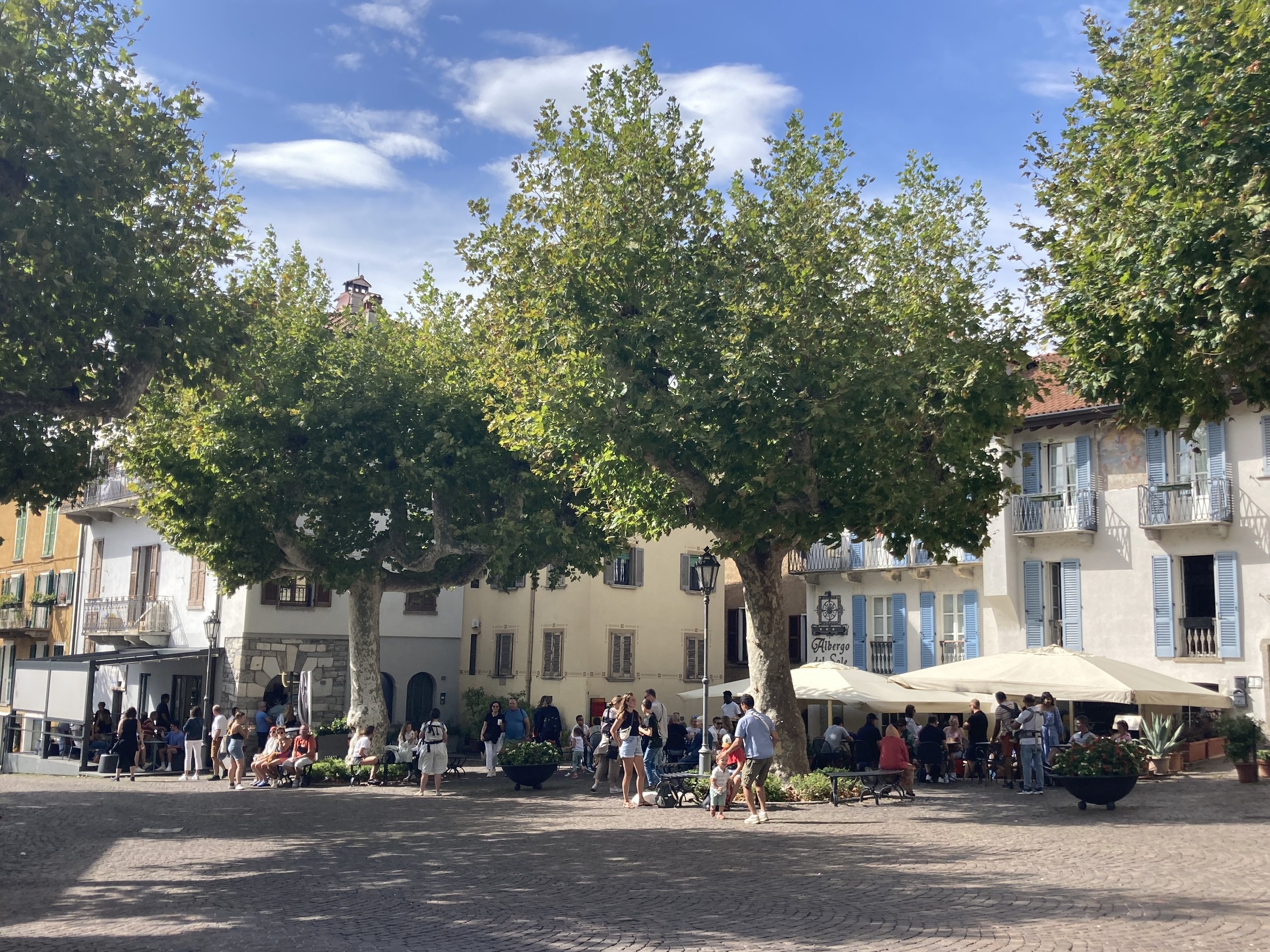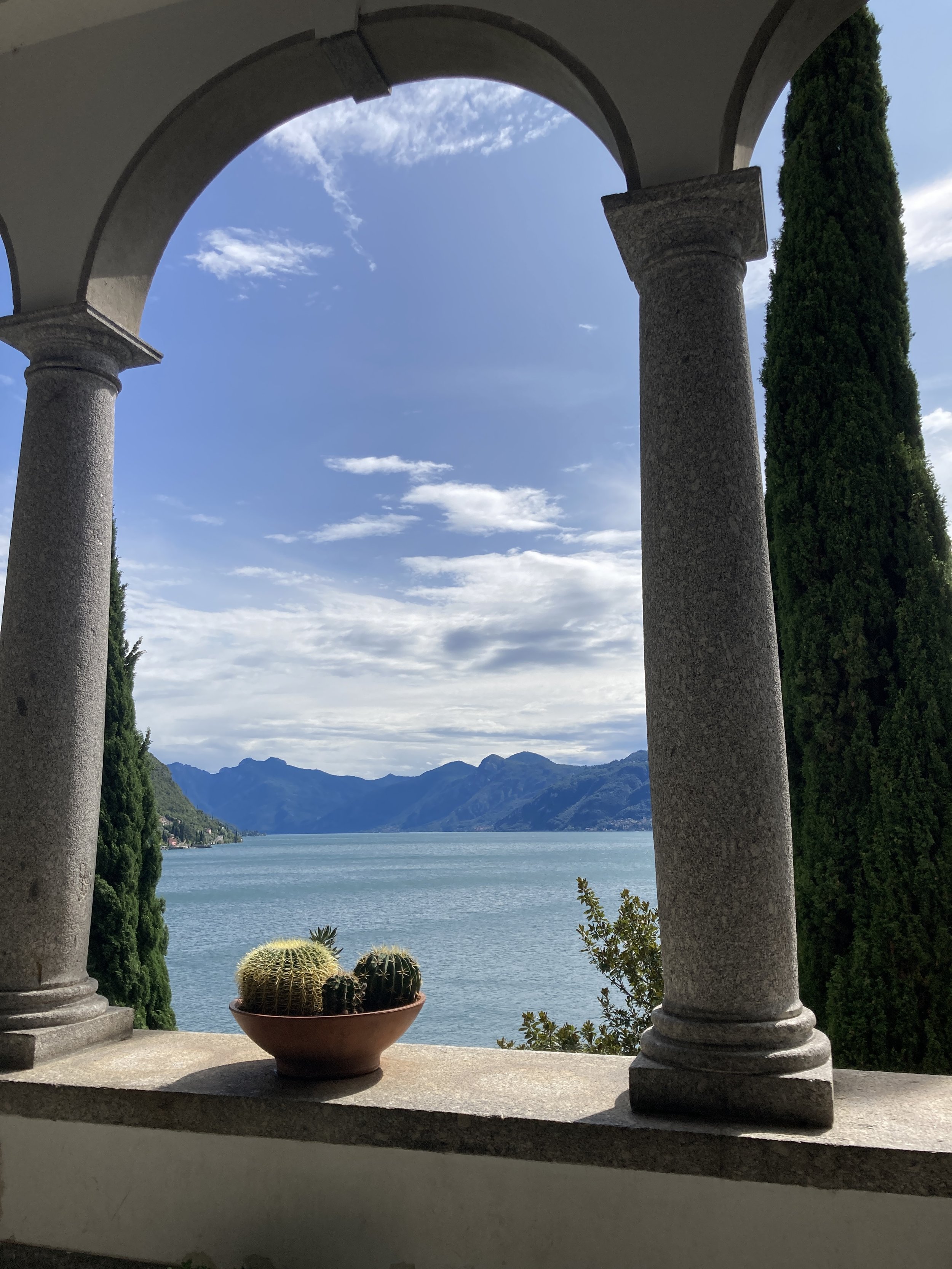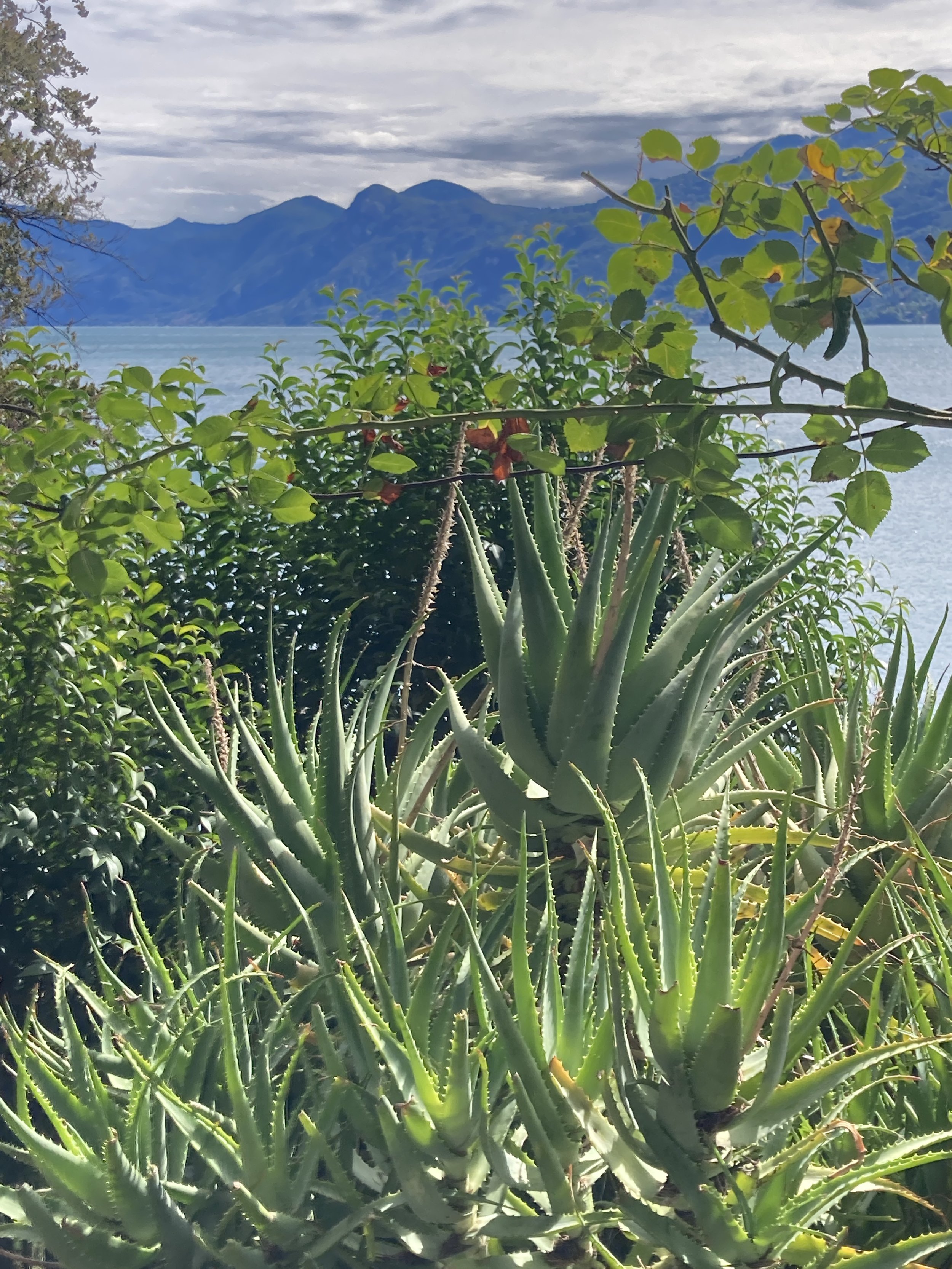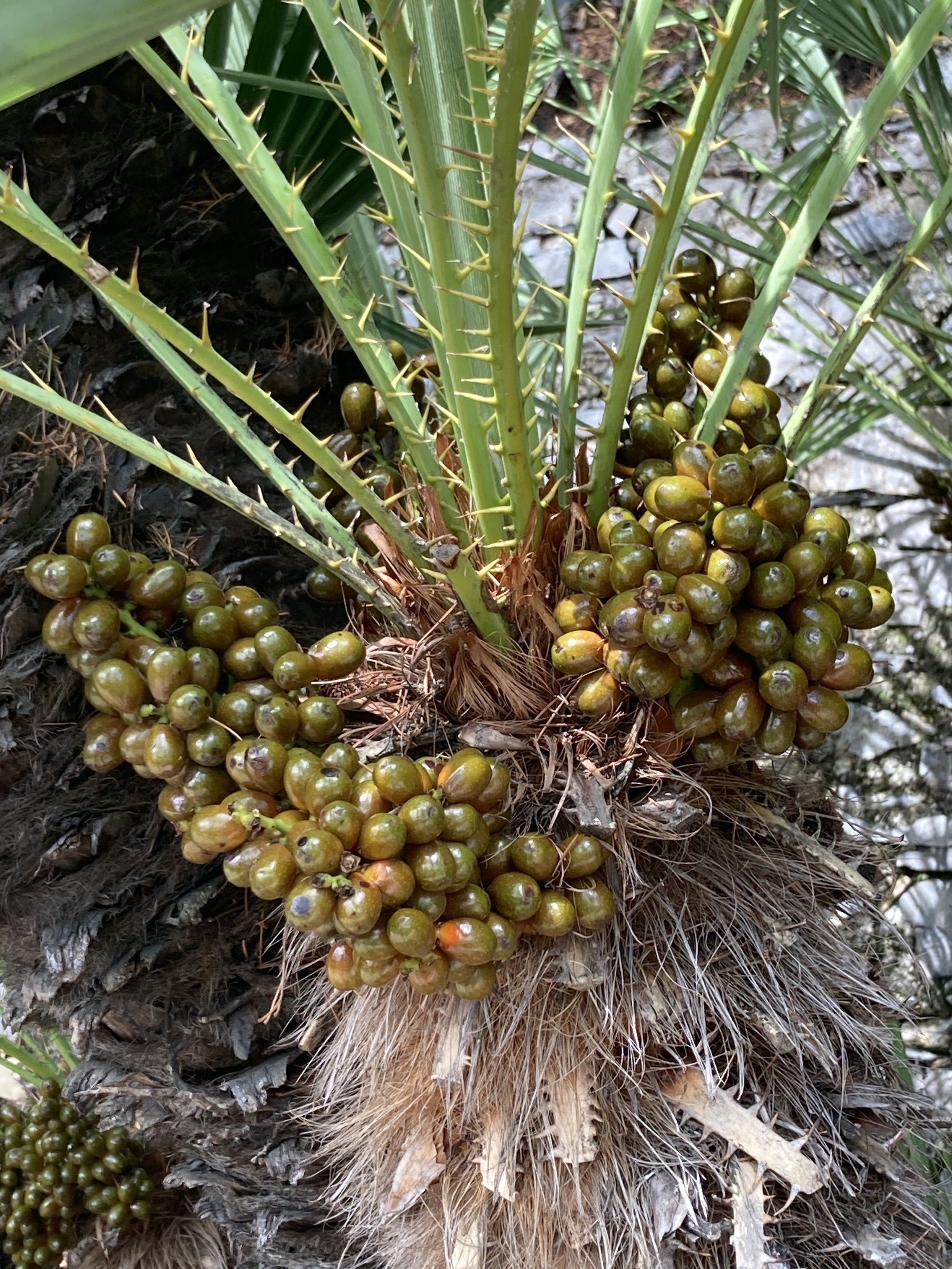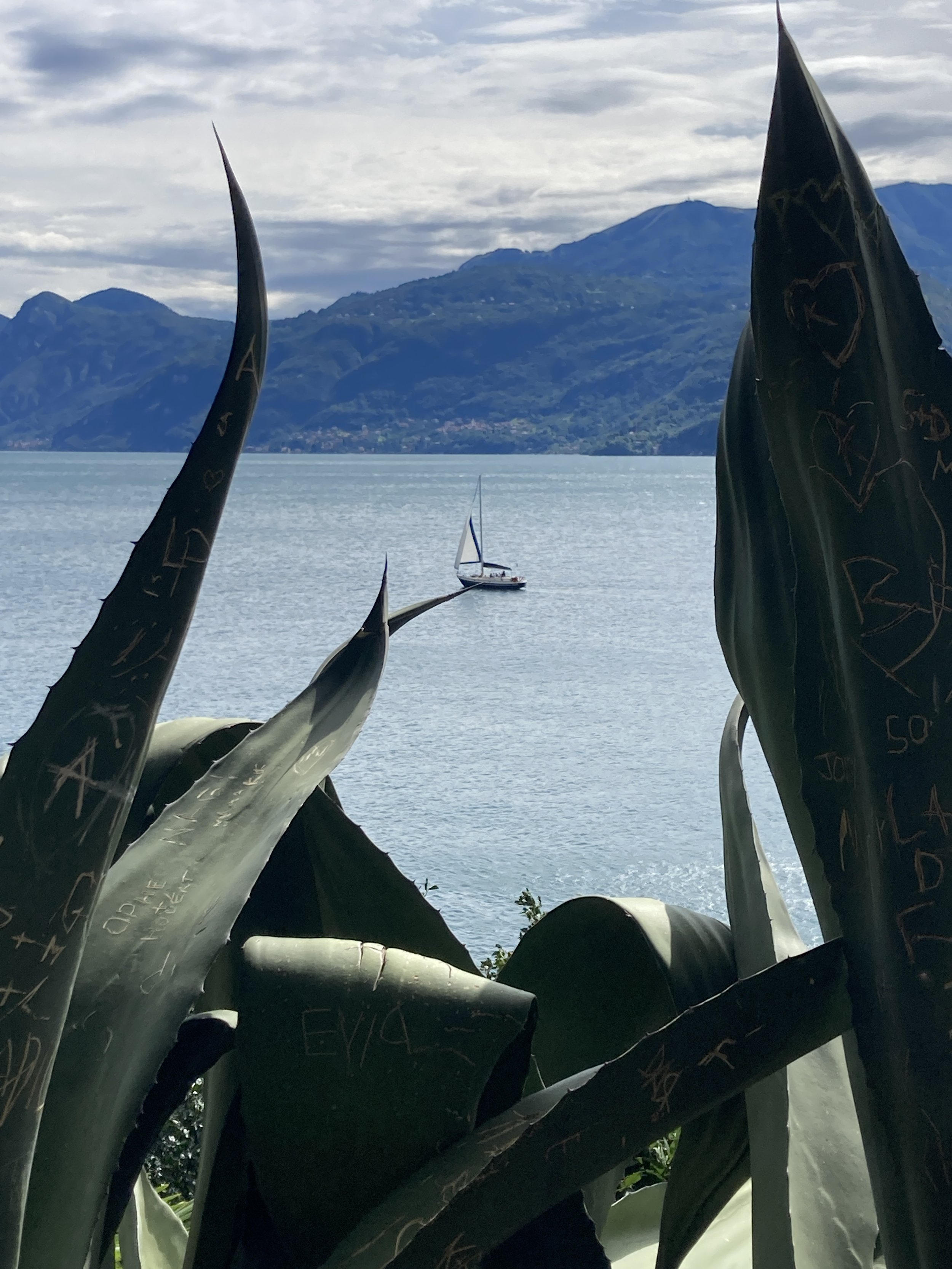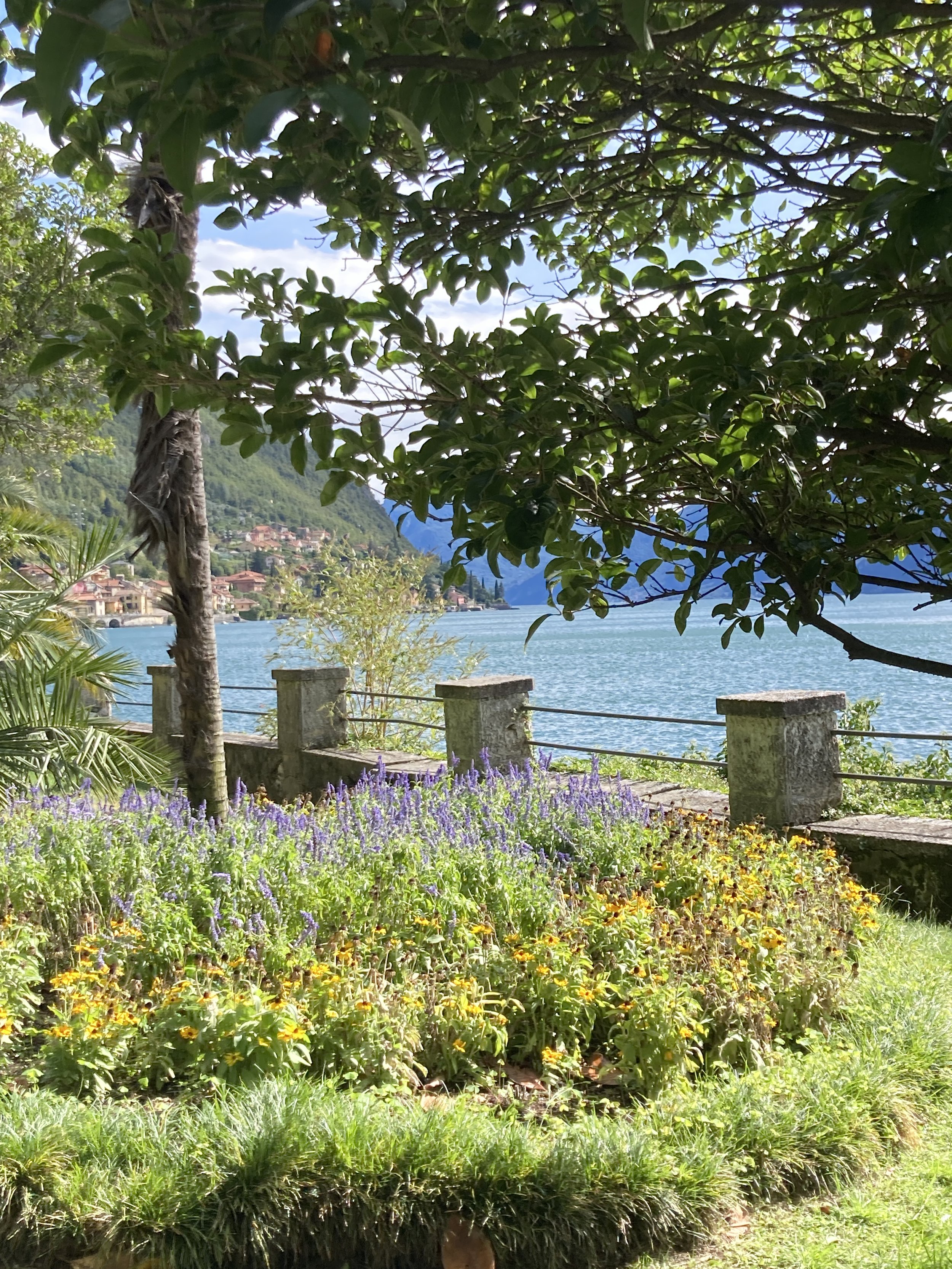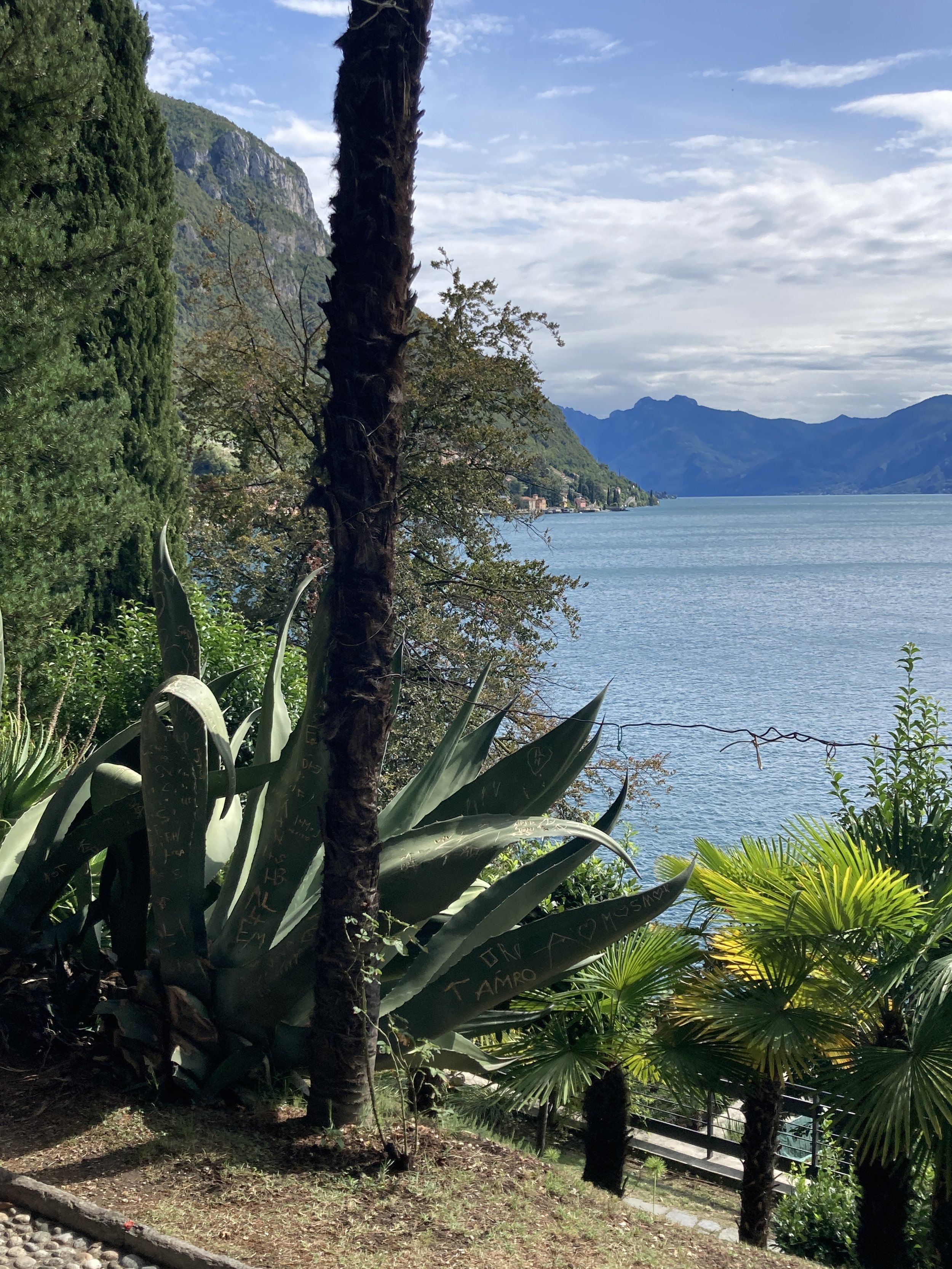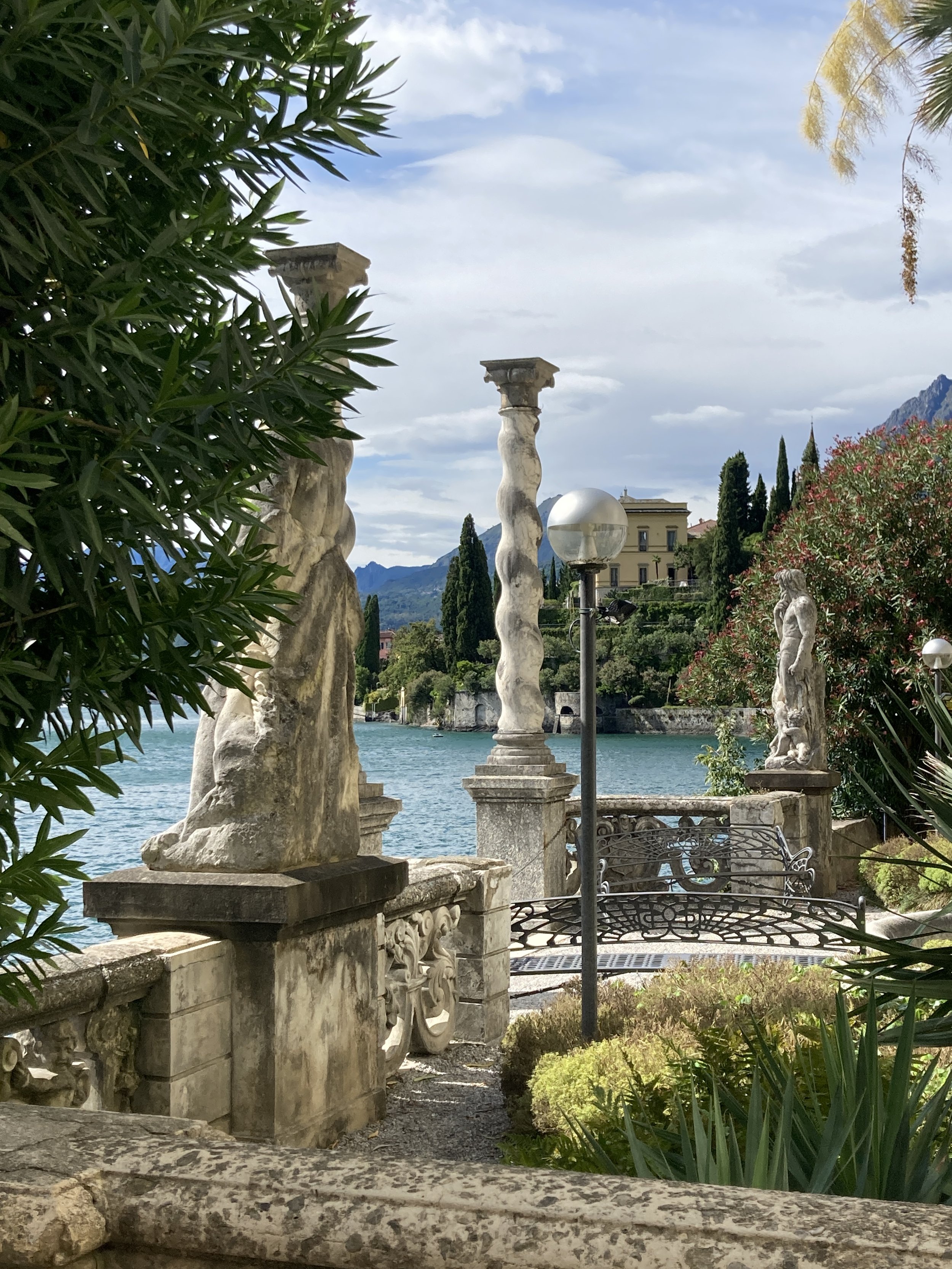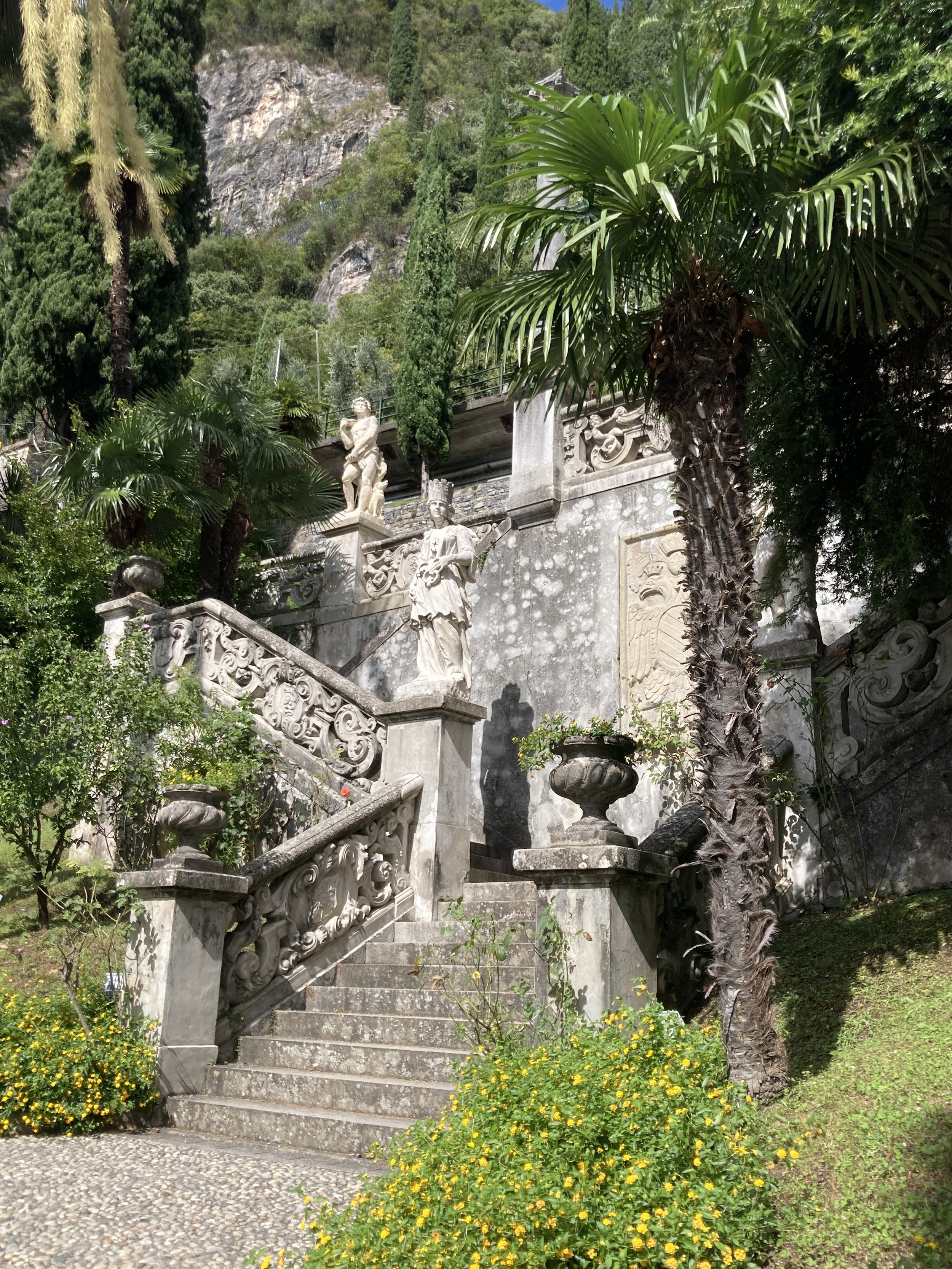Verde Mura Is Where Spring Gardens Begin
Some recurring events serve to mark time, shepherding in a new year or a new season. One such event in Lucca is the annual spring garden show, Verde Mura.
Each April, Verde Mura takes place atop the walls that surround Lucca. Just about anything one wants for a garden – whether garden means a small herb patch, several long rows of vegetables, a bed full of flowers, or a small stand of fruit trees – is available.
With garden art and assorted crafts on display, there is little need to look elsewhere for spring garden inspiration.
This year - surprise - there were chickens and one very loud rooster !
Readers of this blog may recognize scenes from Verde Mura because I’ve written about it in past years. But the event always seems to bring something new, not to mention it really does mark the beginning of spring for me, and so each year I go, camera in hand, learning about everything from heirloom beans to new varieties of tulips and daffodils.
Sadly, I don’t have space for a garden in my tiny Lucca apartment. I can sometimes manage a few potted herbs, but that’s about all. Despite that, I always come home with at least a gorgeous bunch of flowers, some treats from the food vendors (this year delicious black pepper and almond taralli), and the joy of having spent a few hours on a spring morning up on Lucca’s walls immersed in the colors and scents of the Verde Mura.
